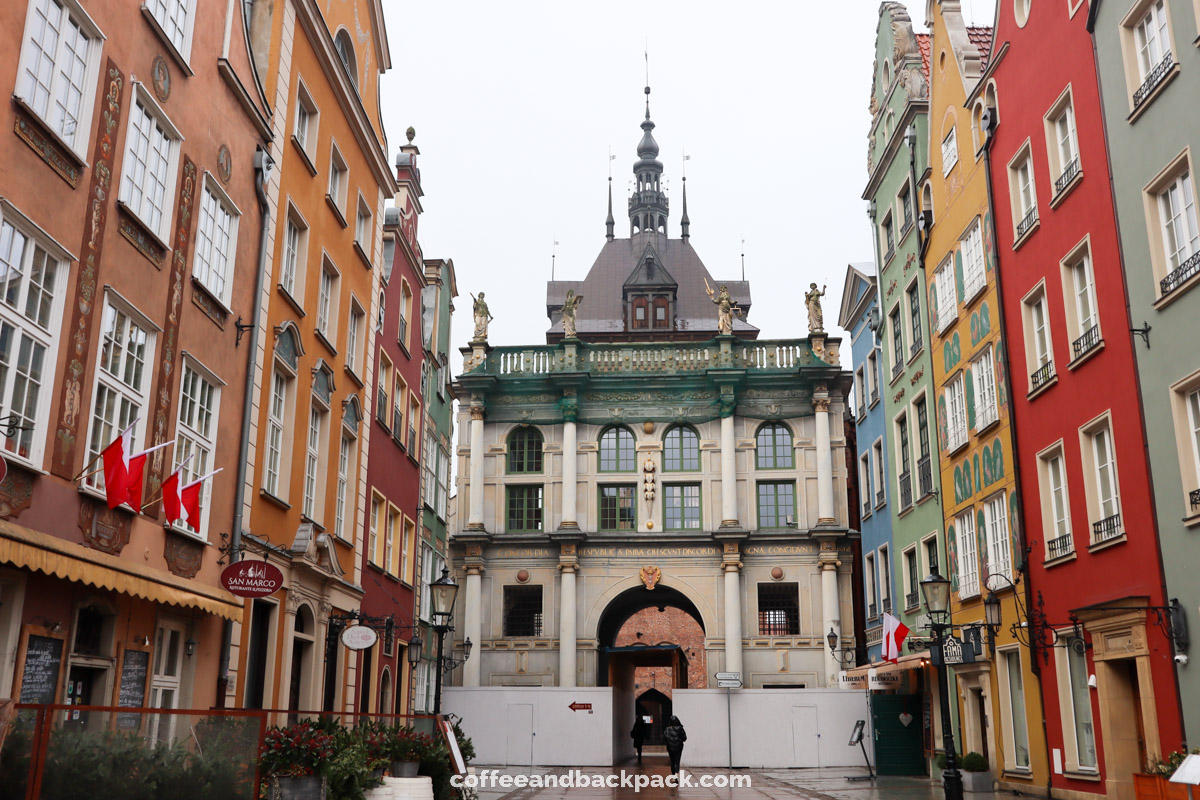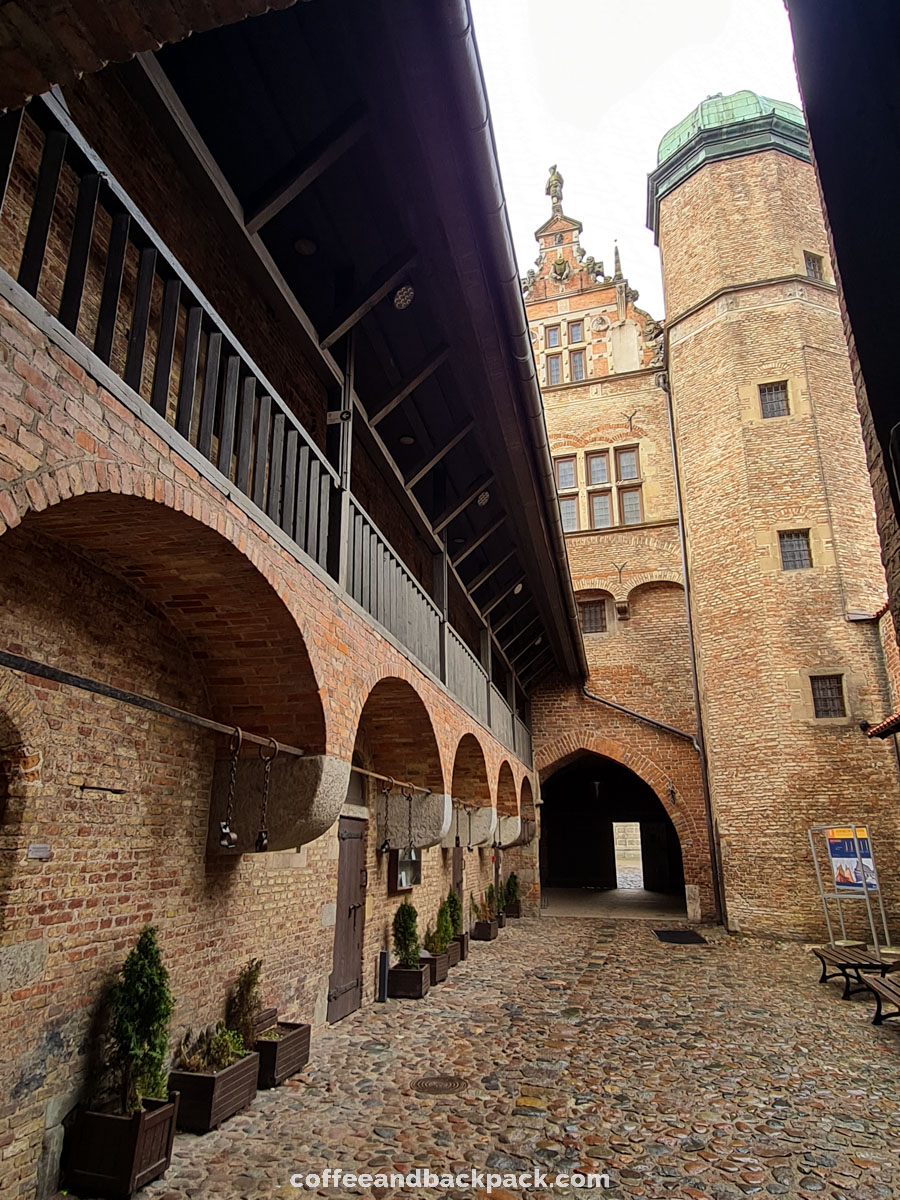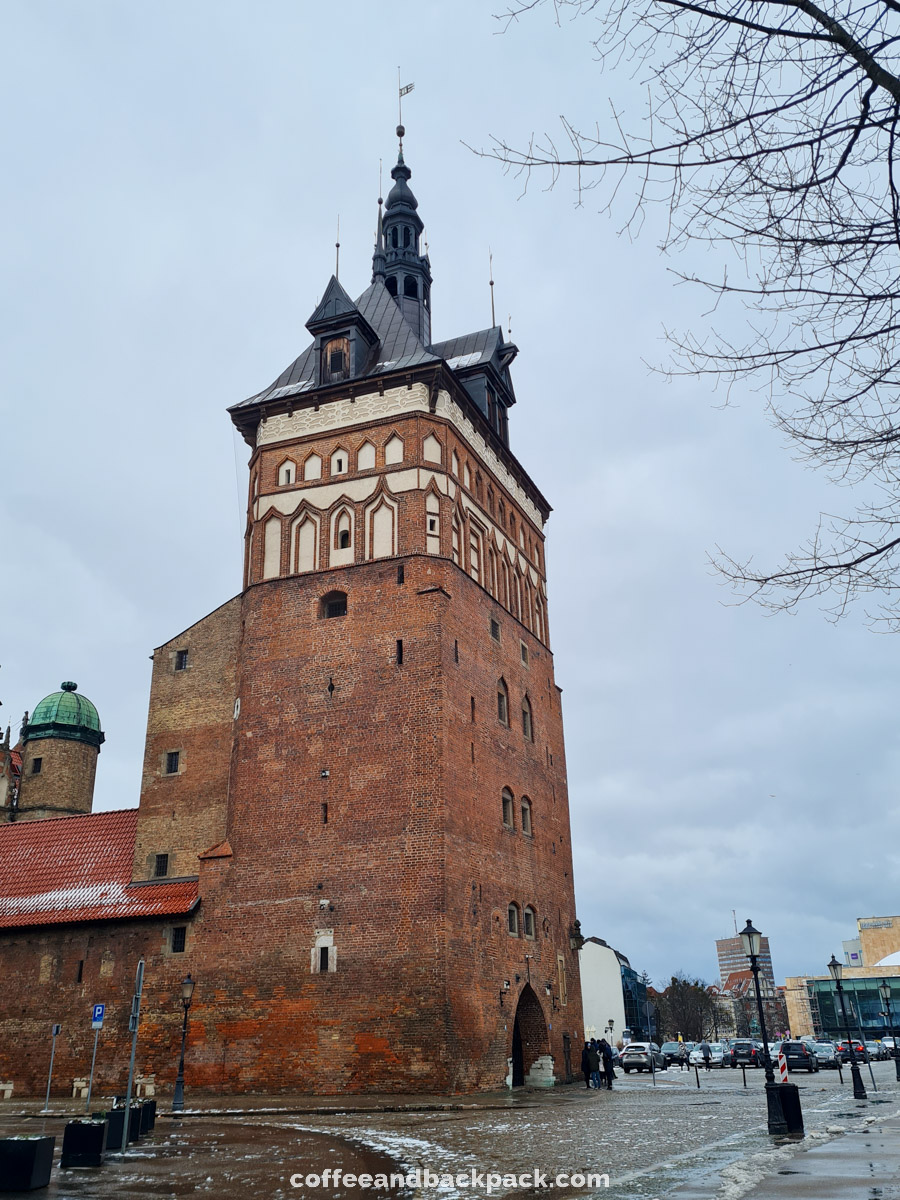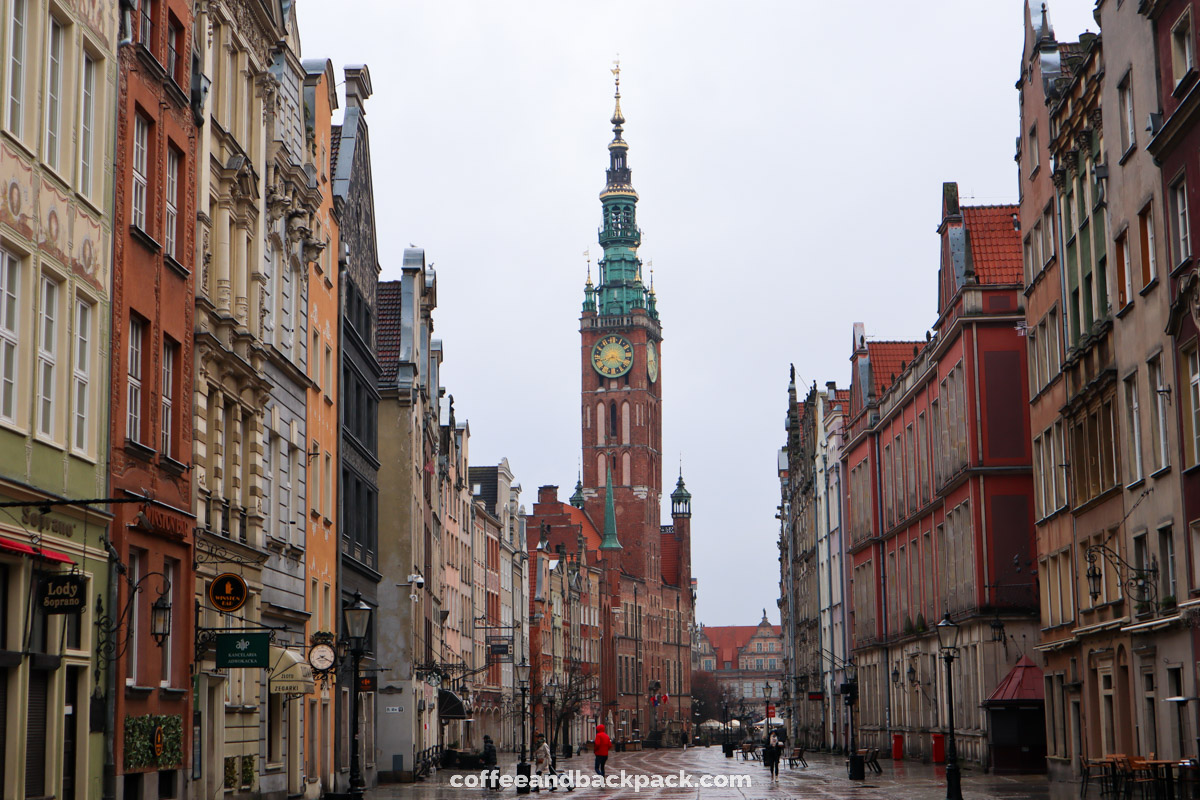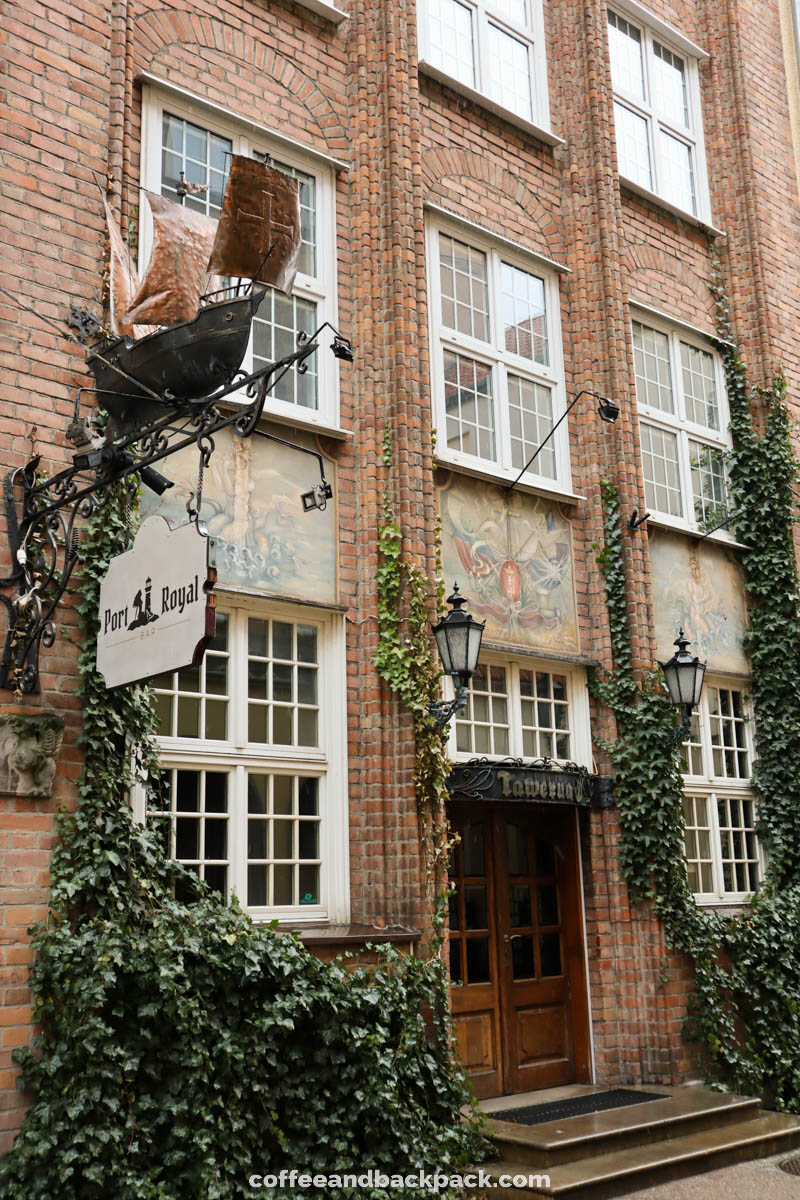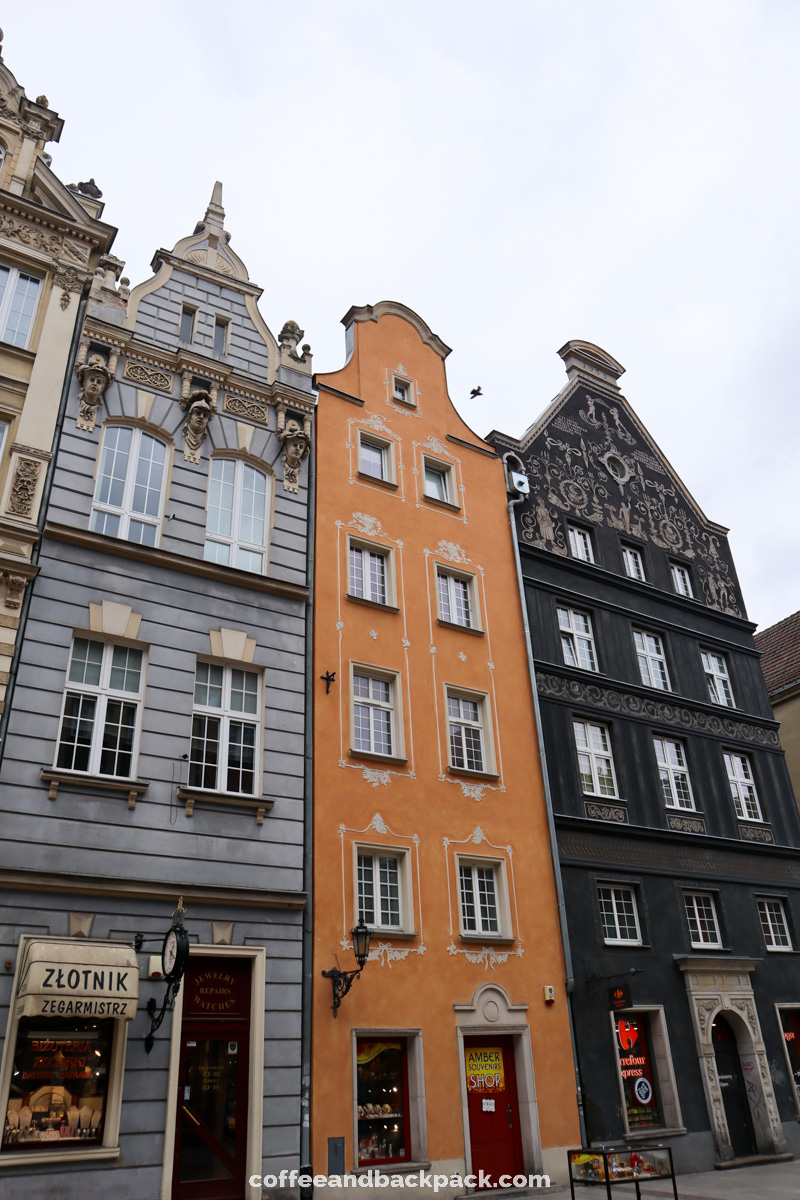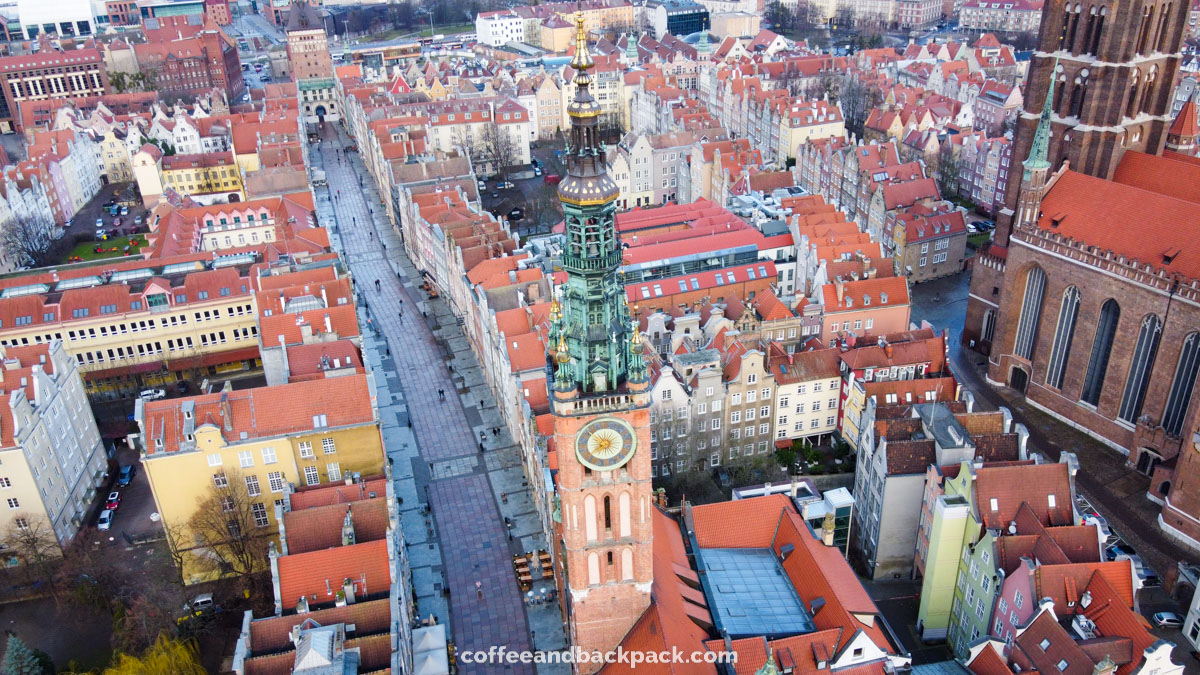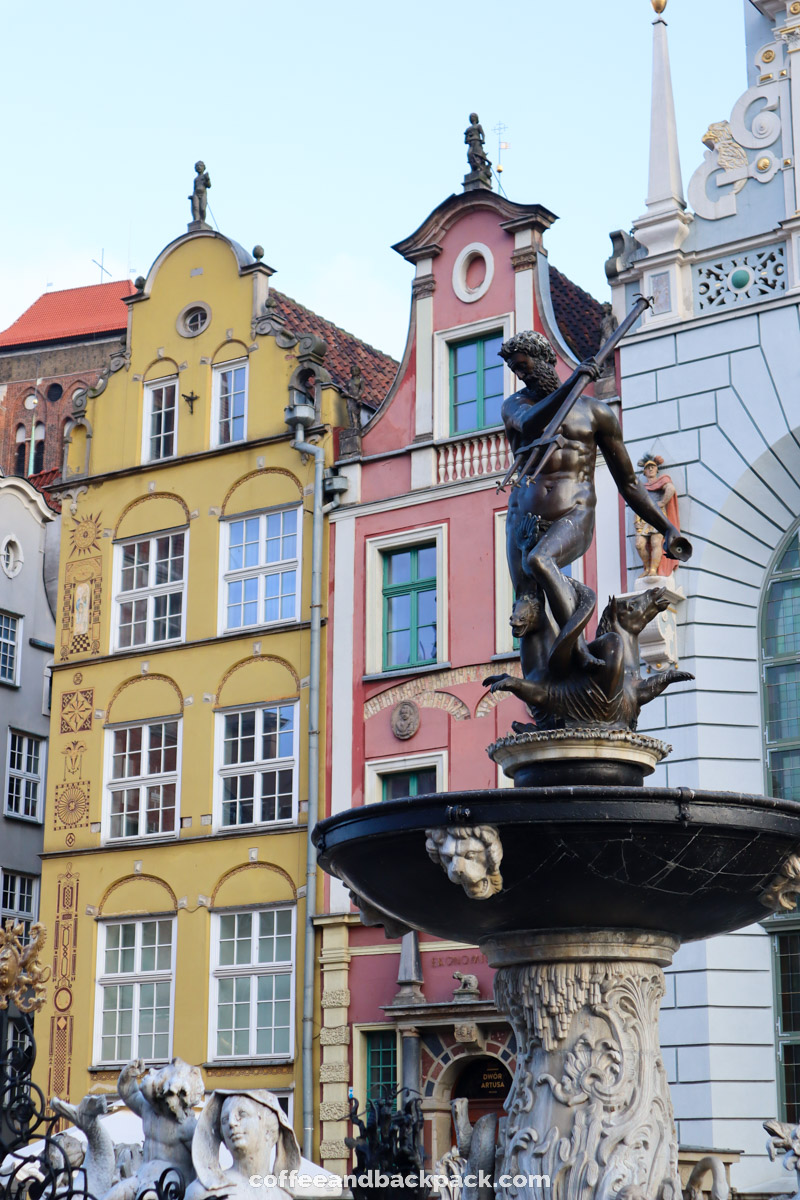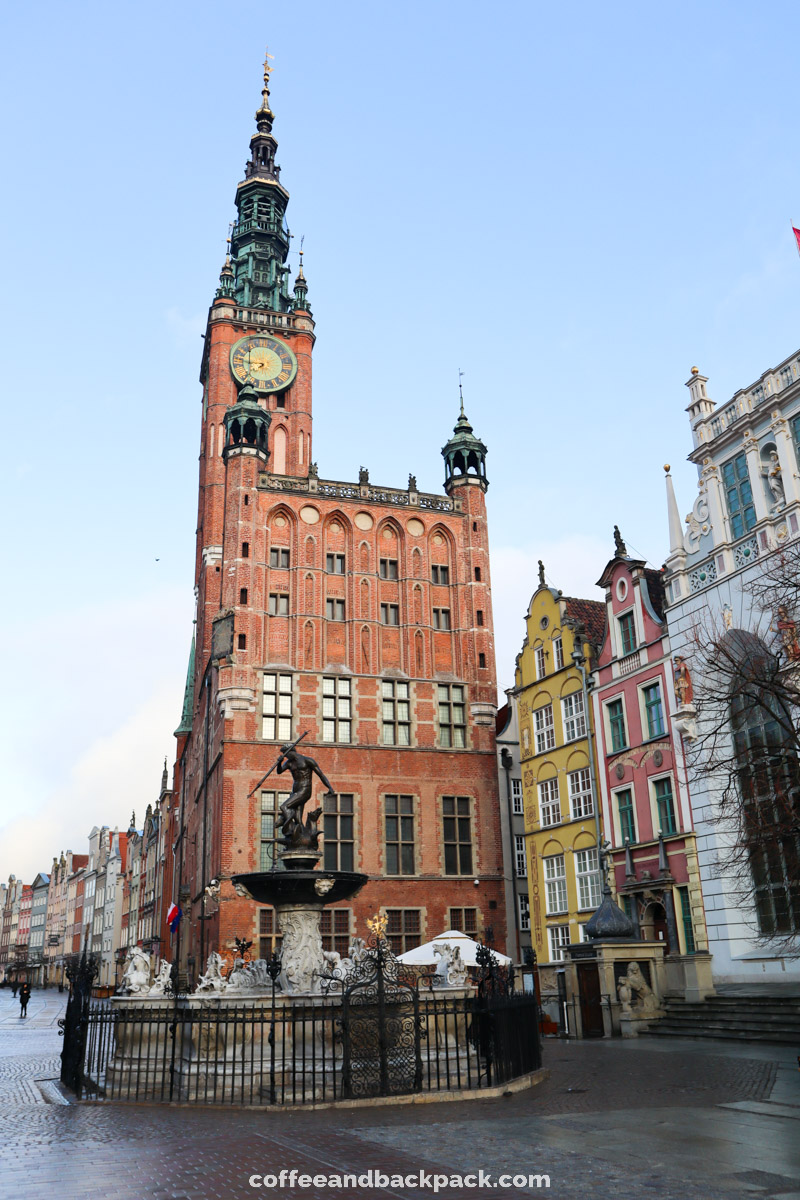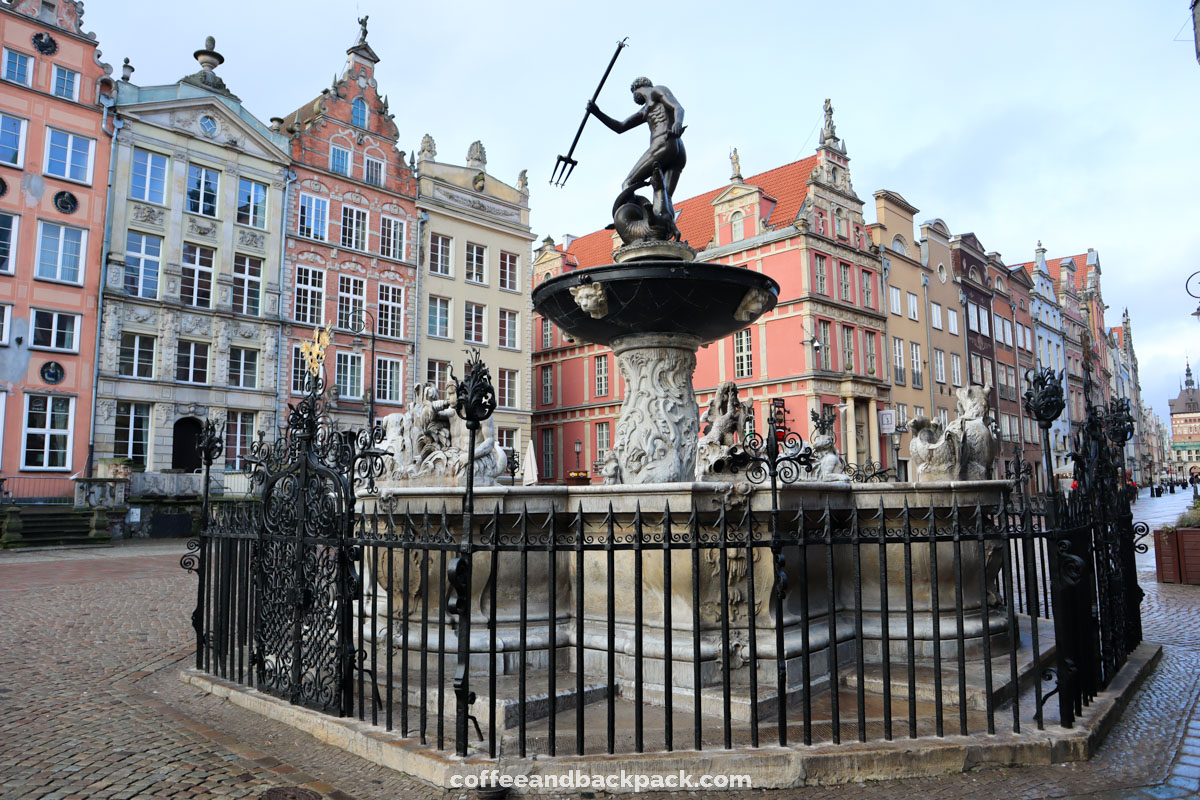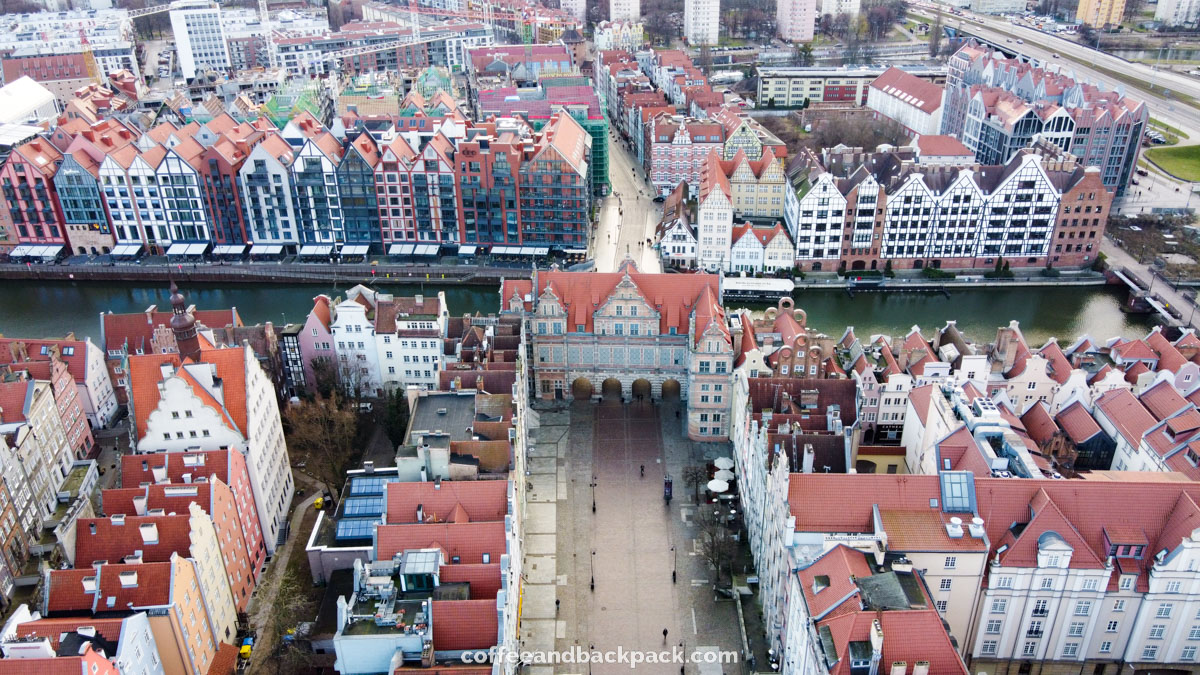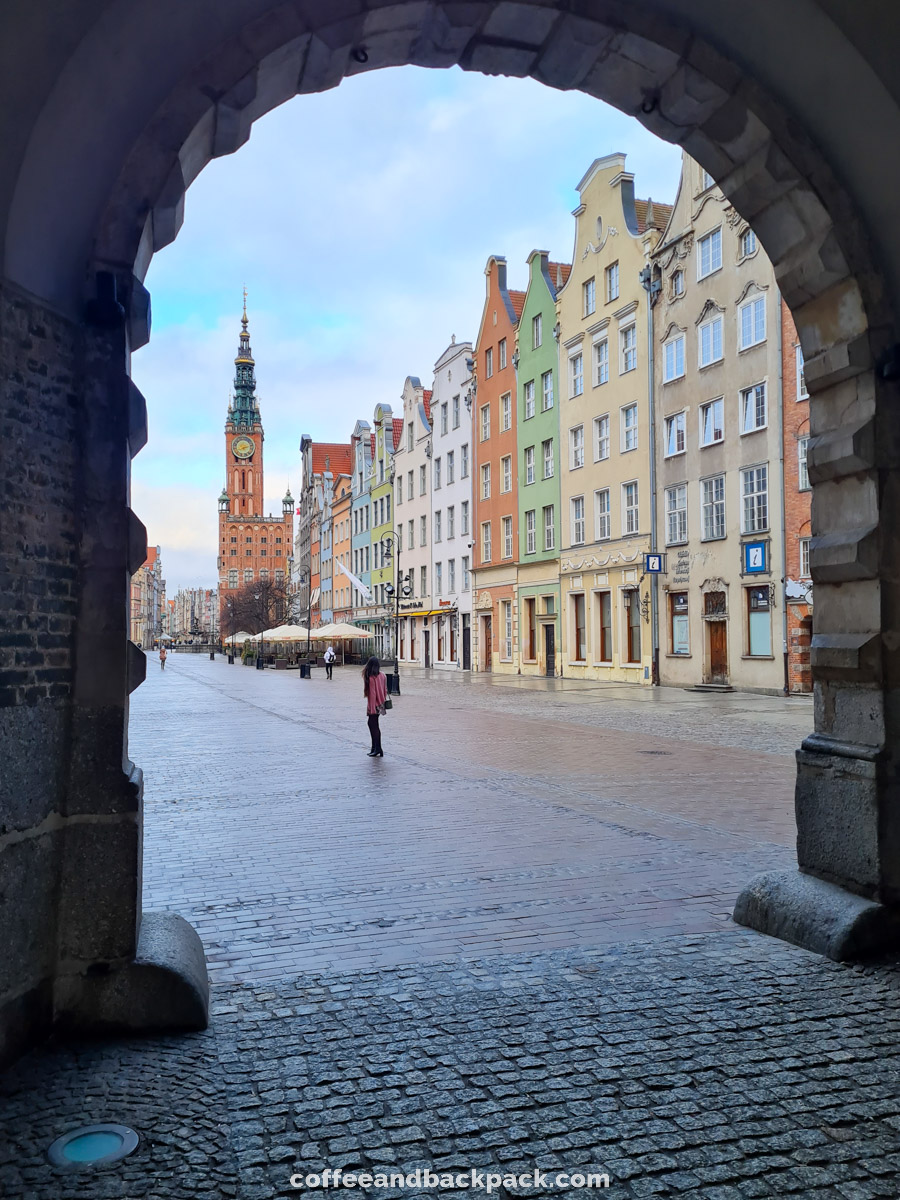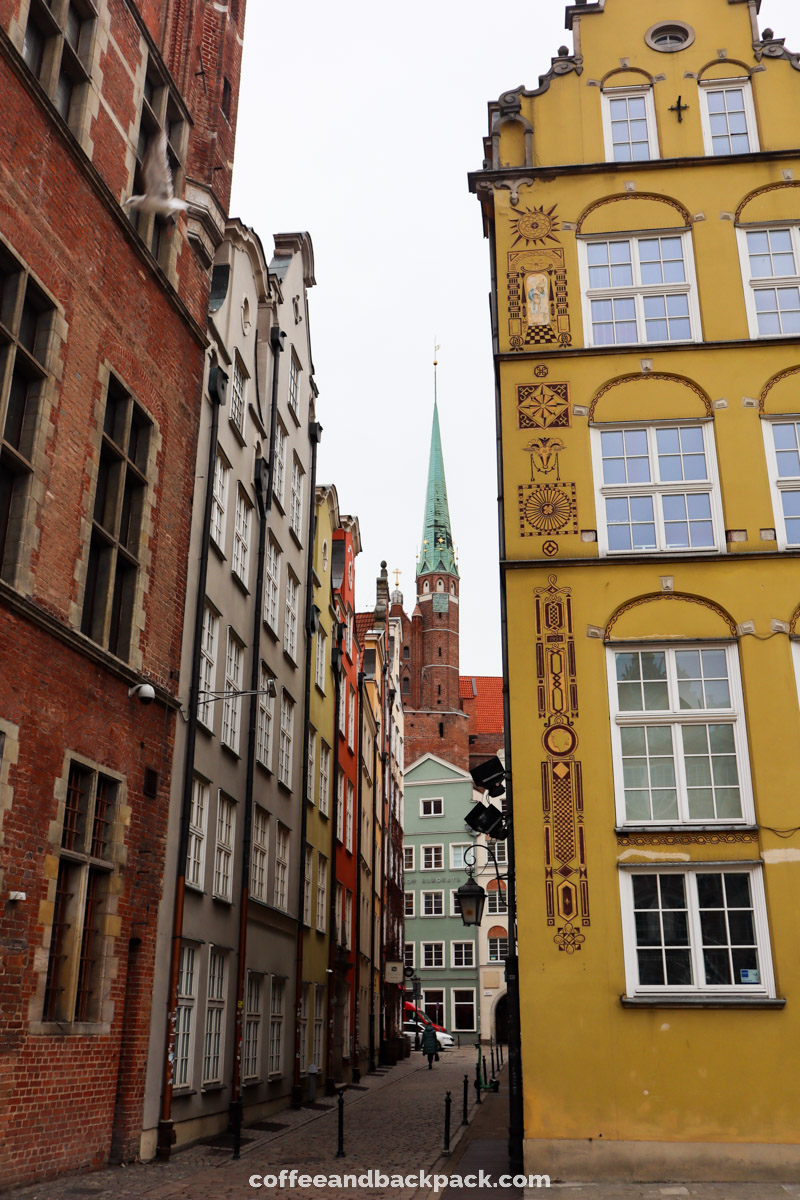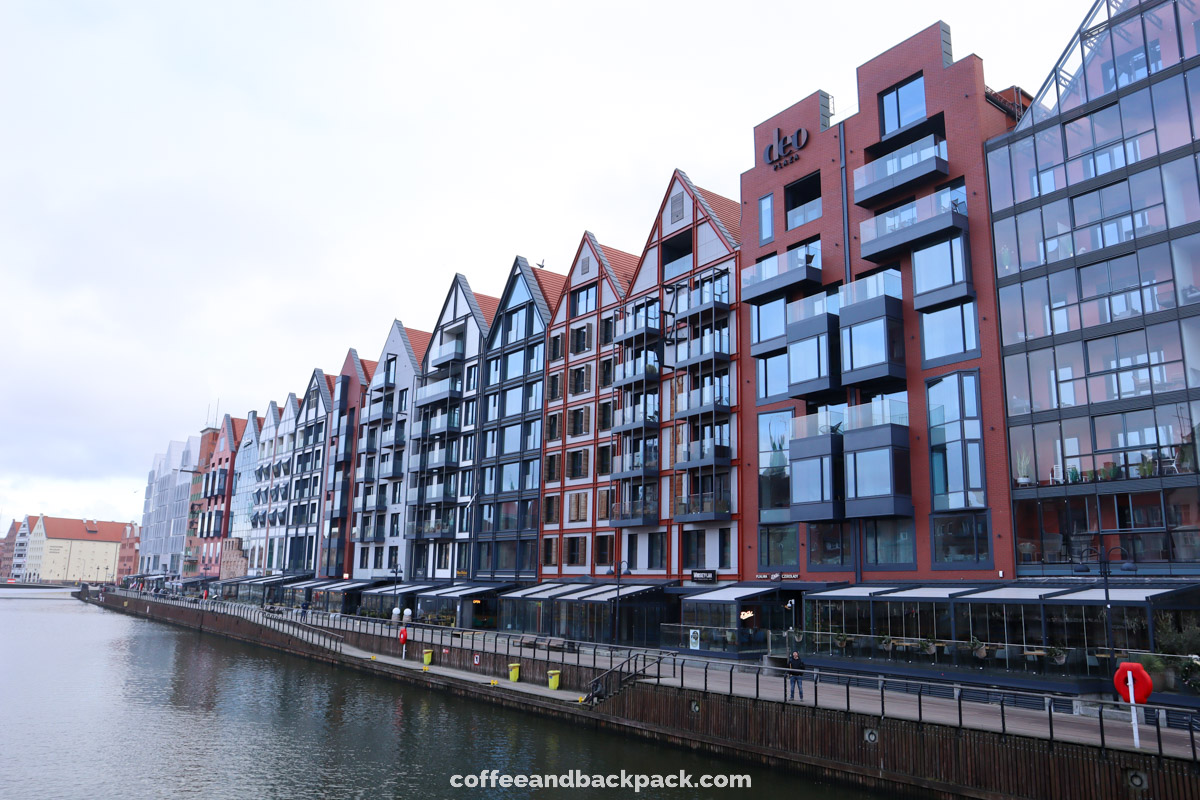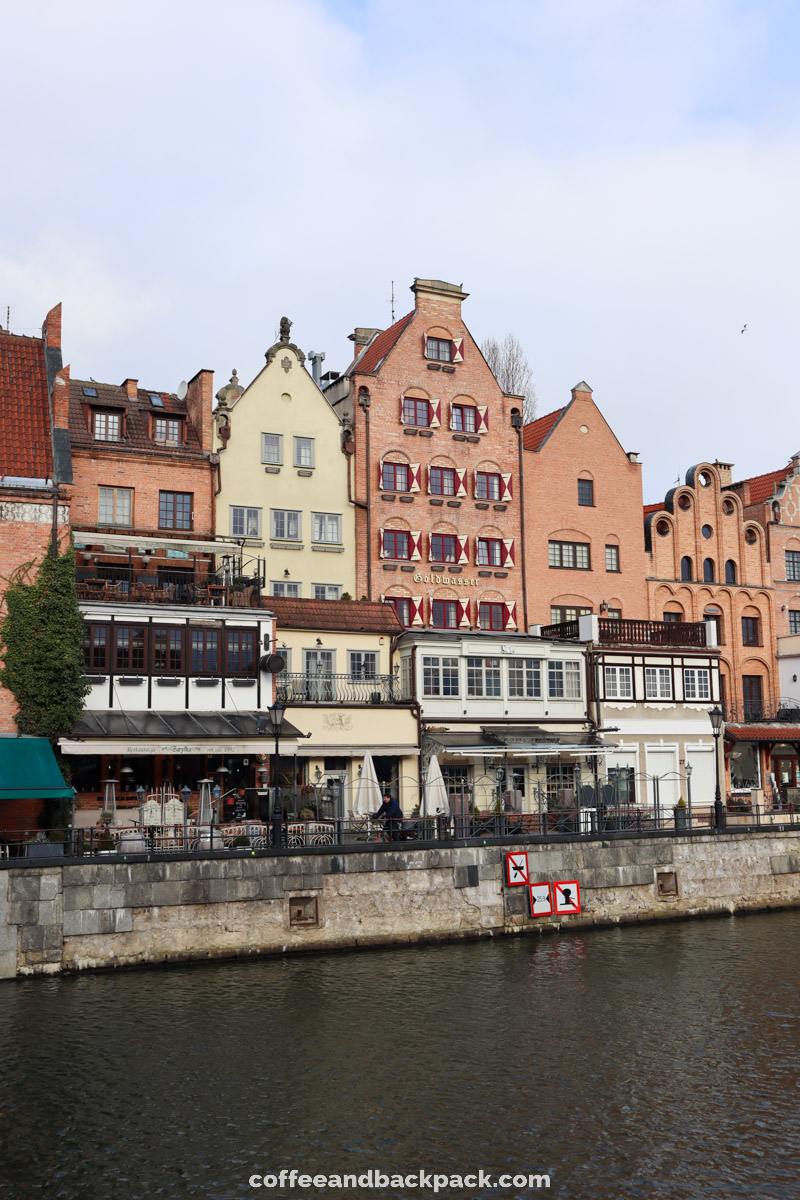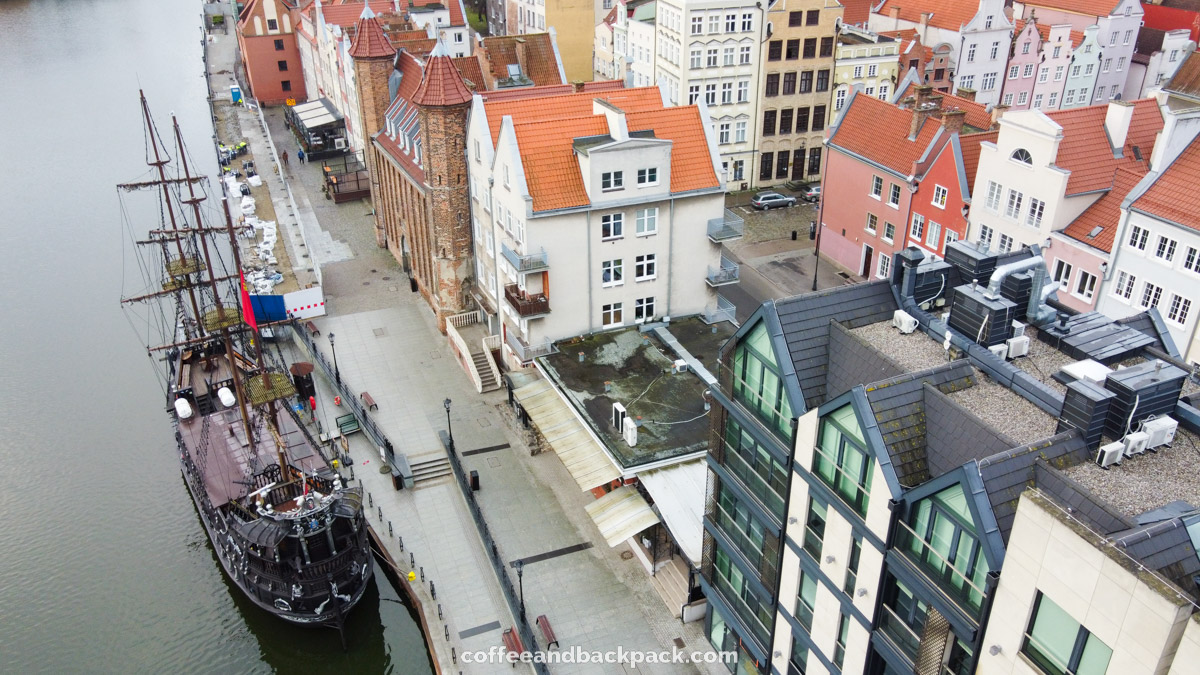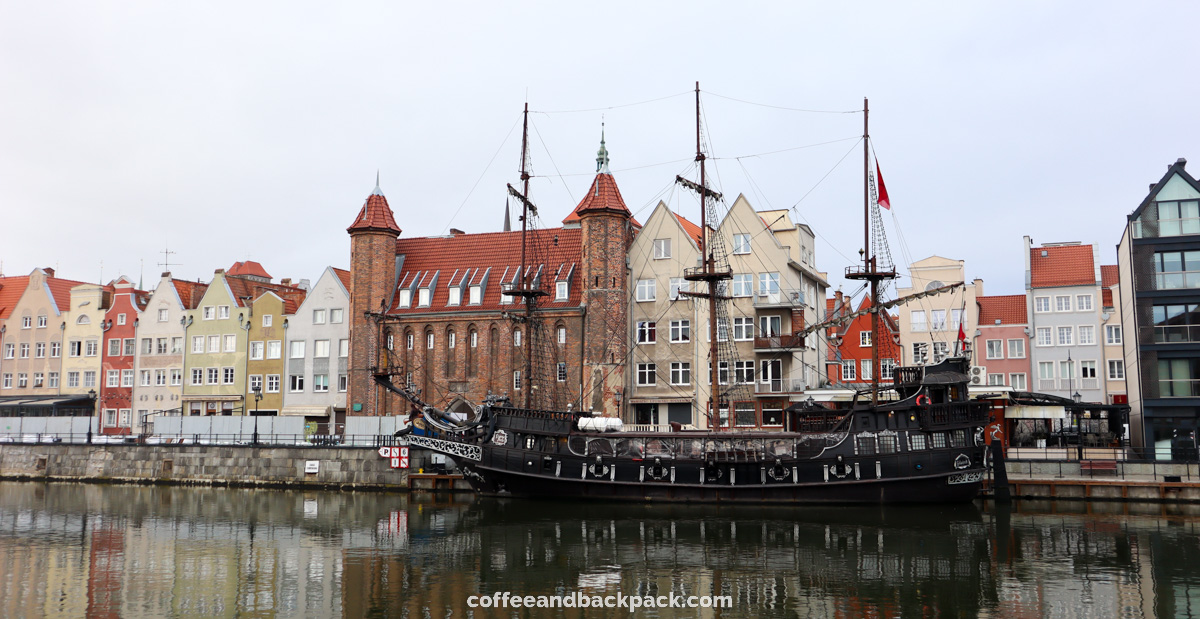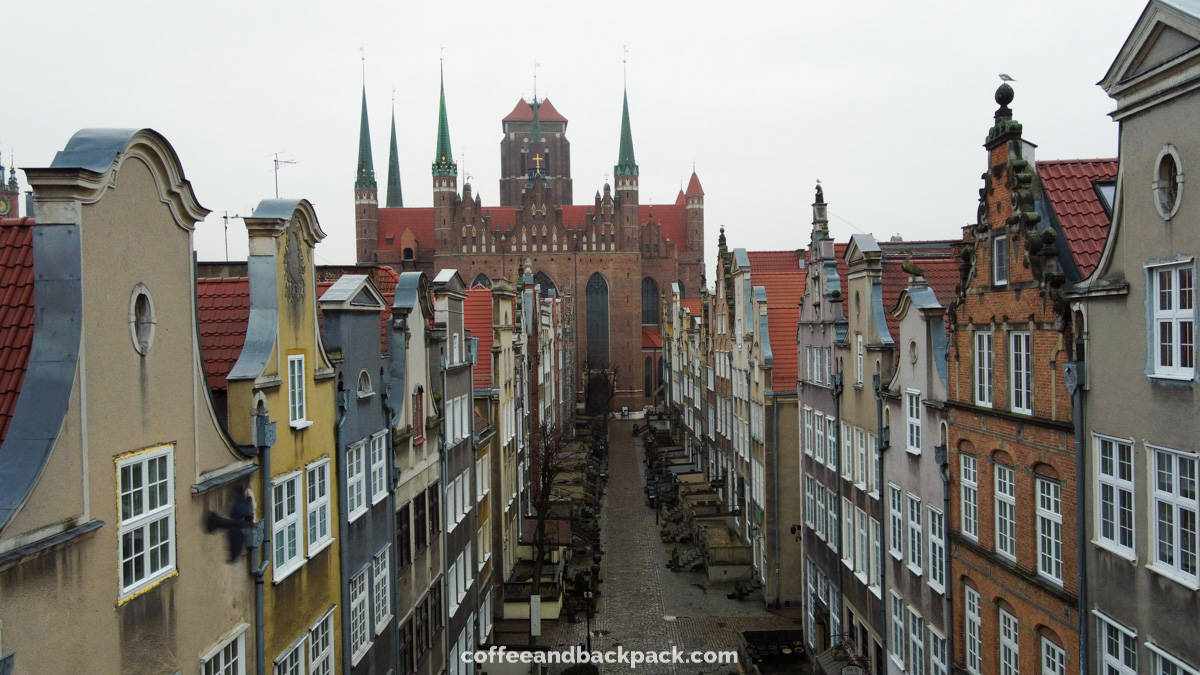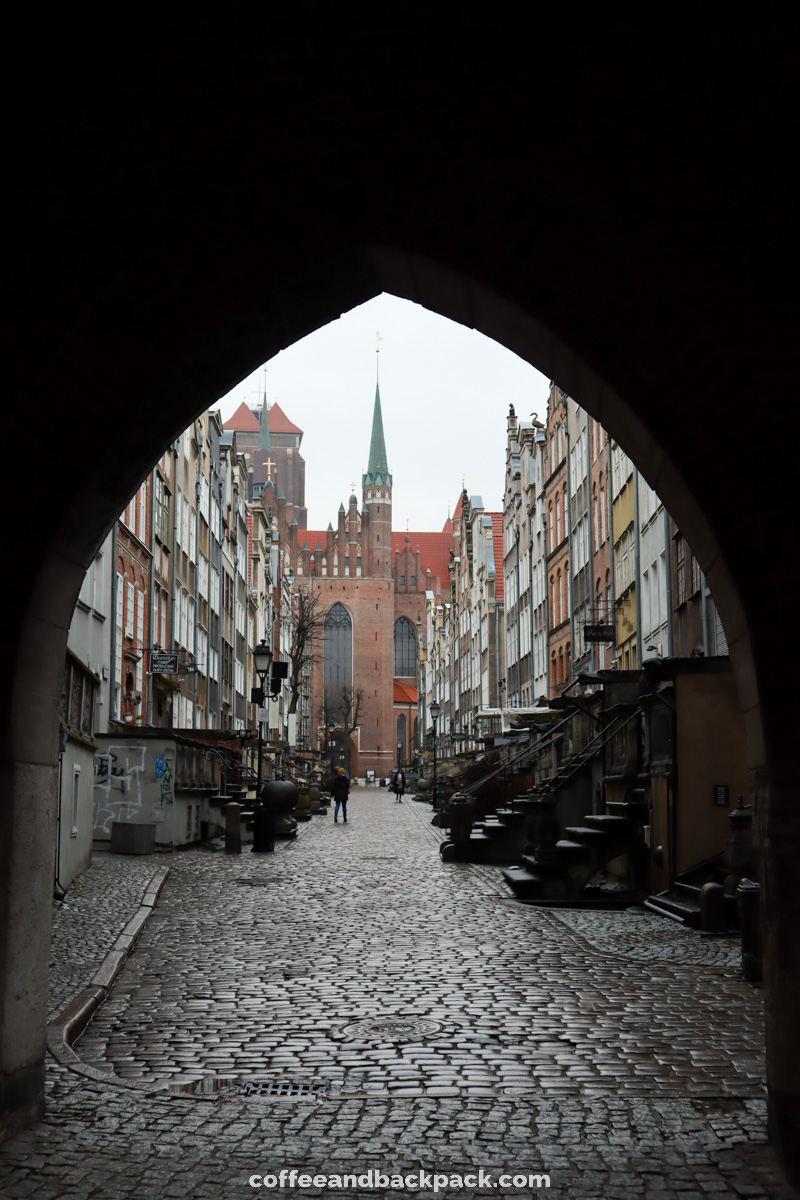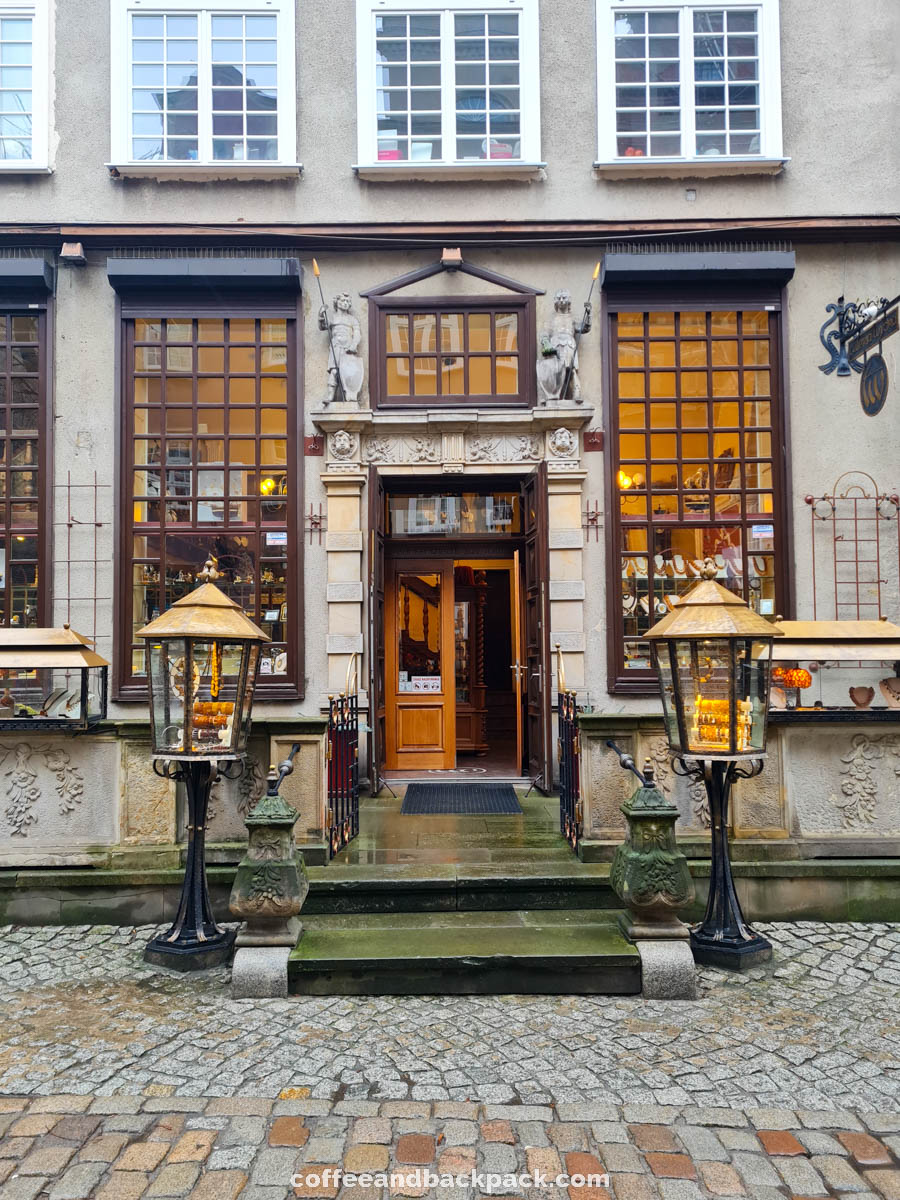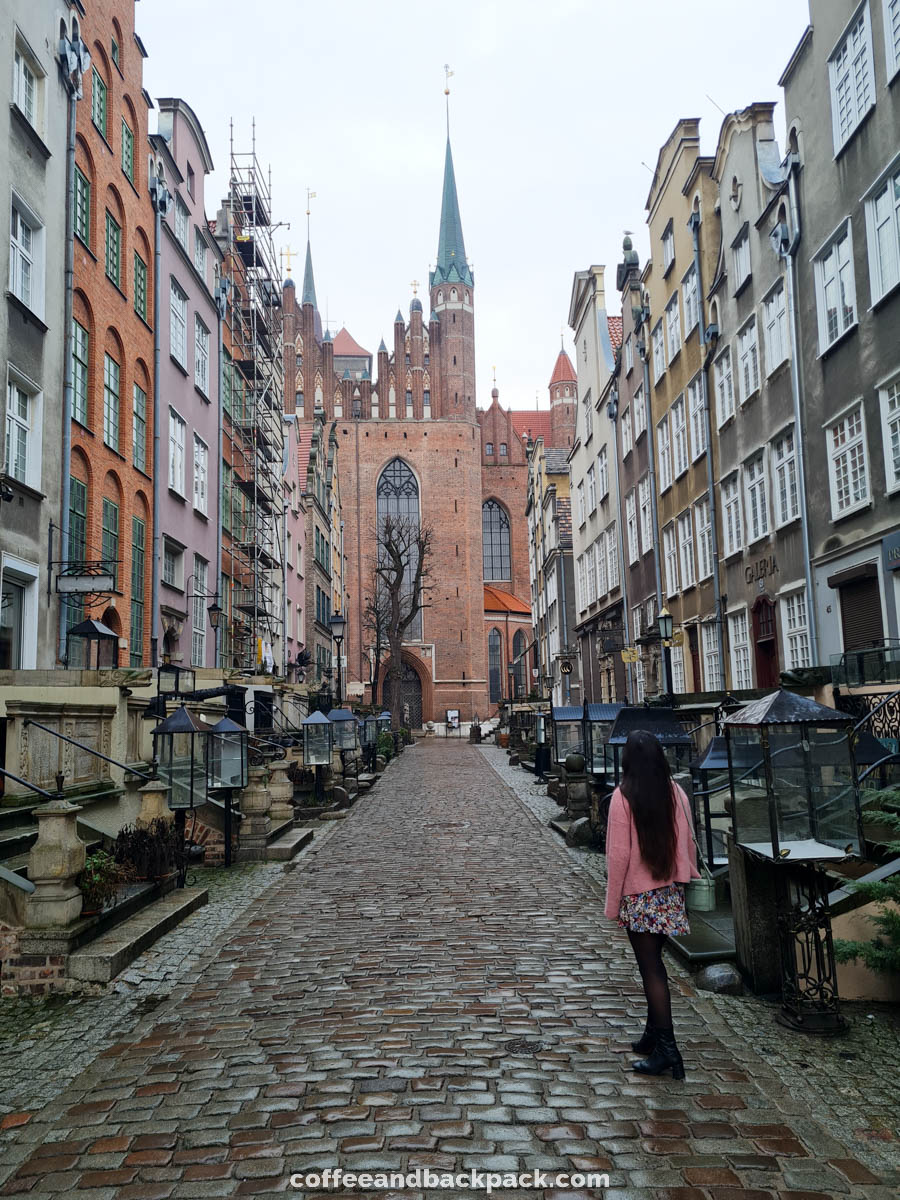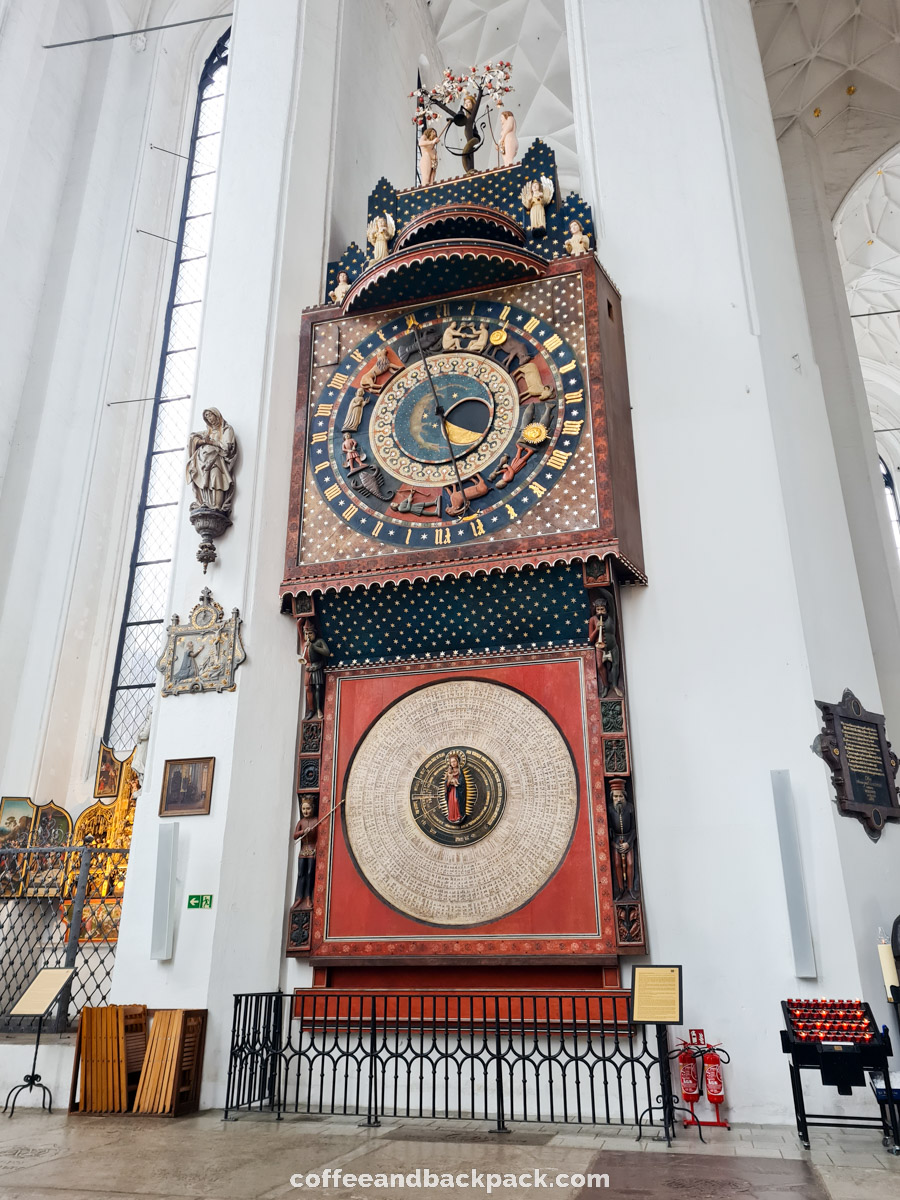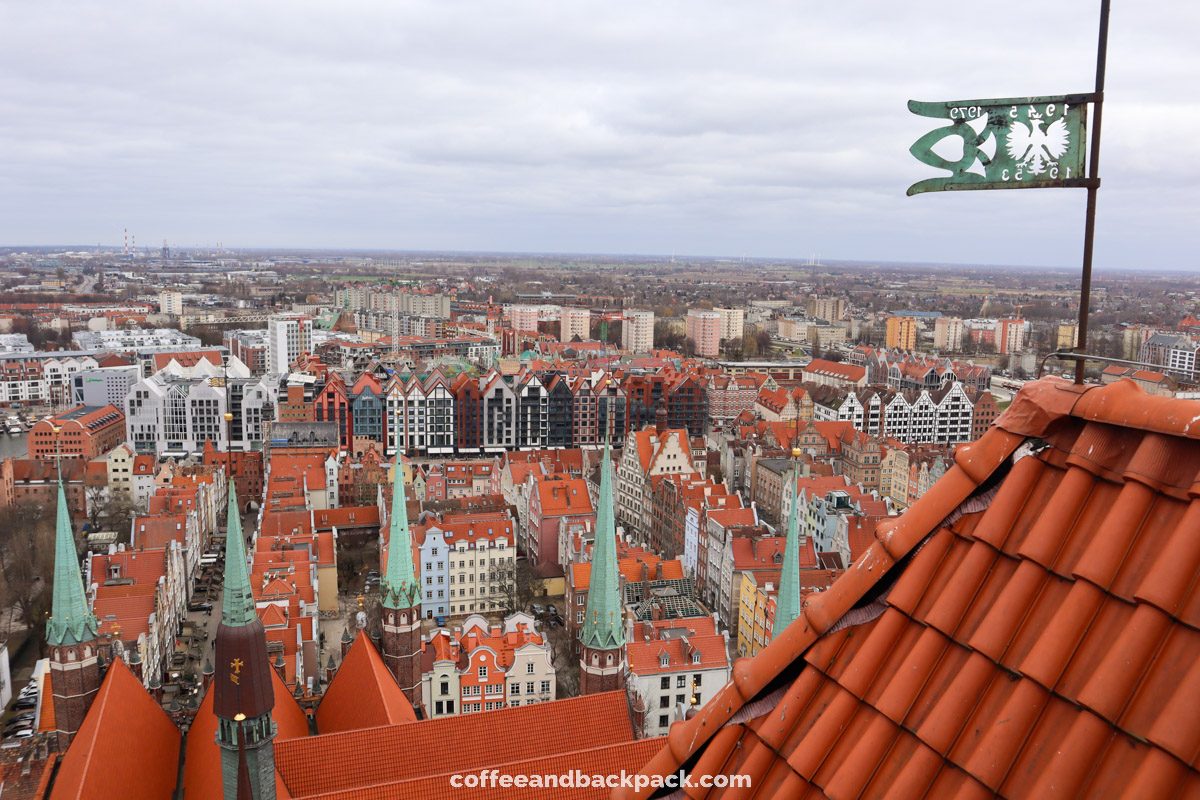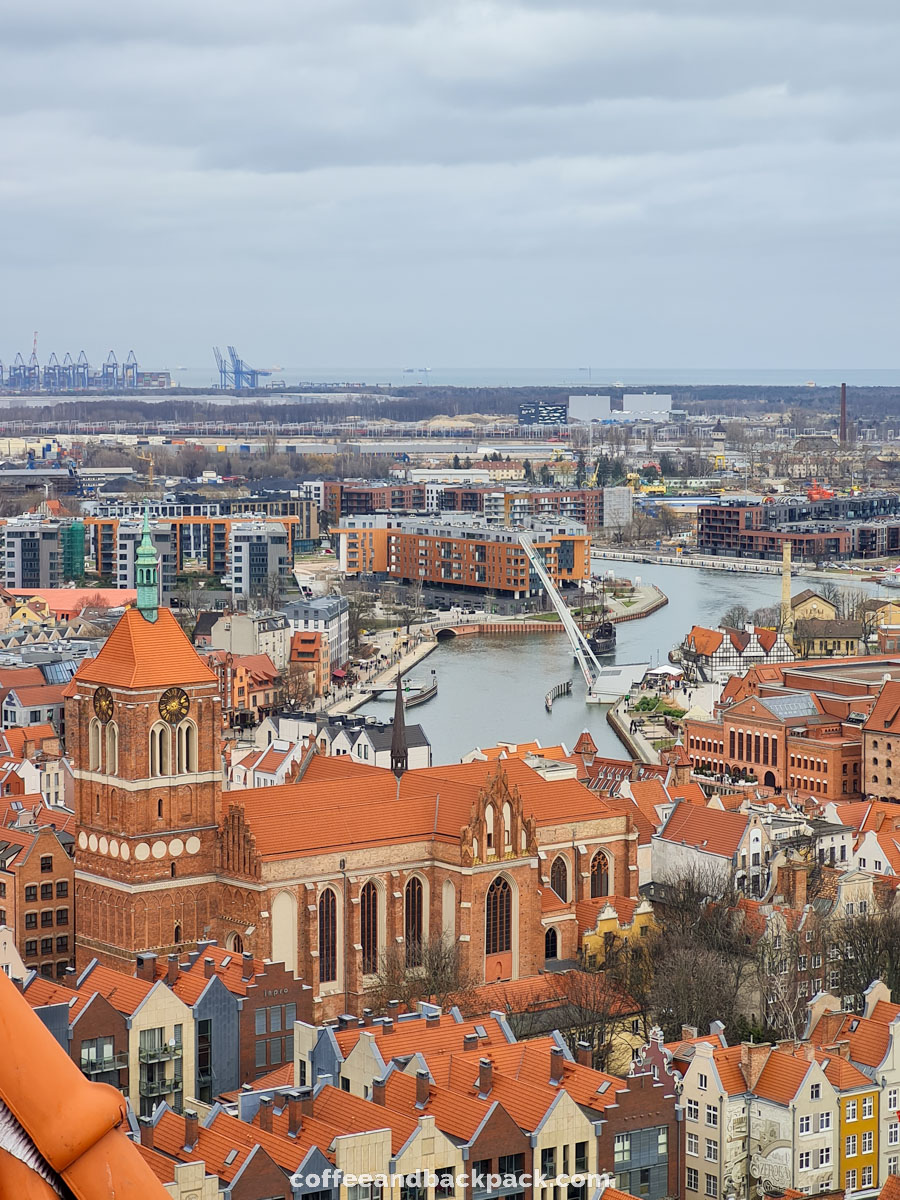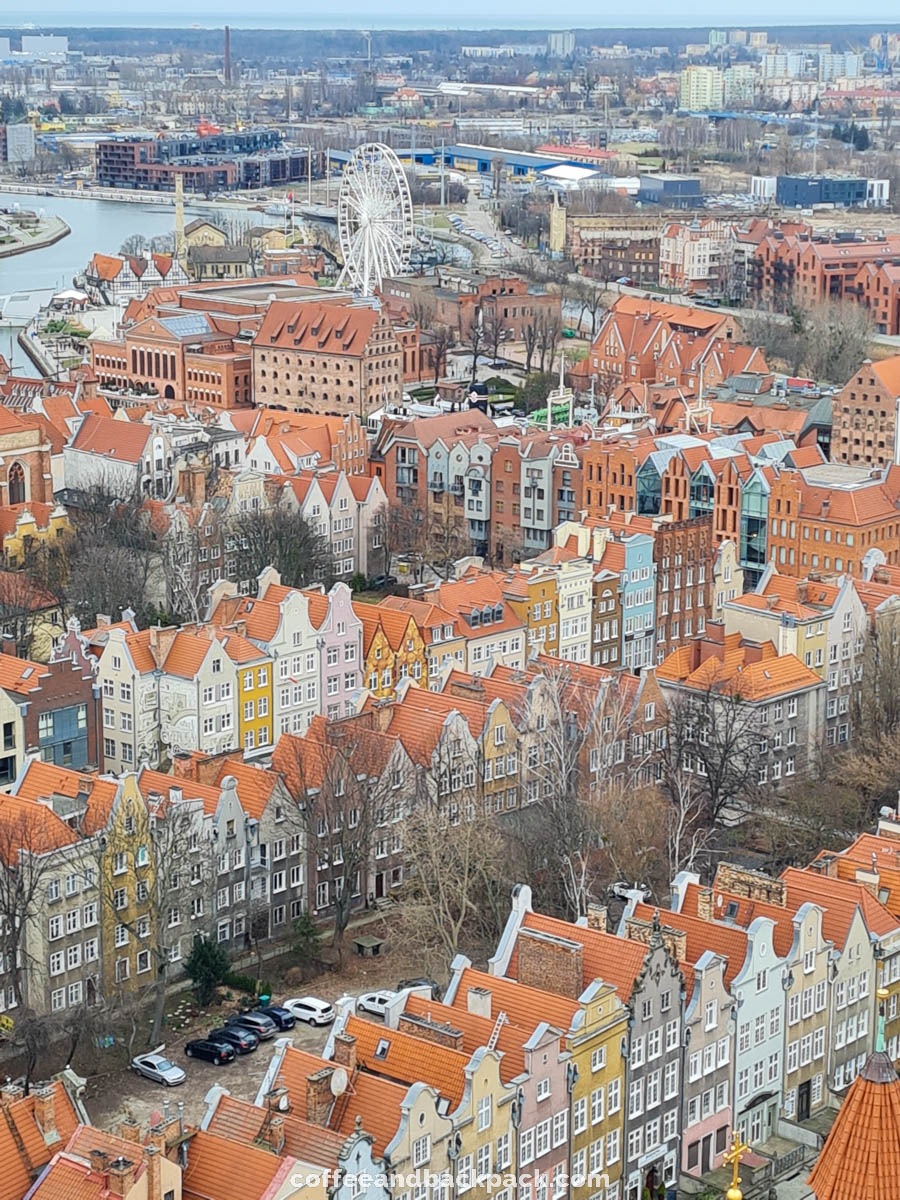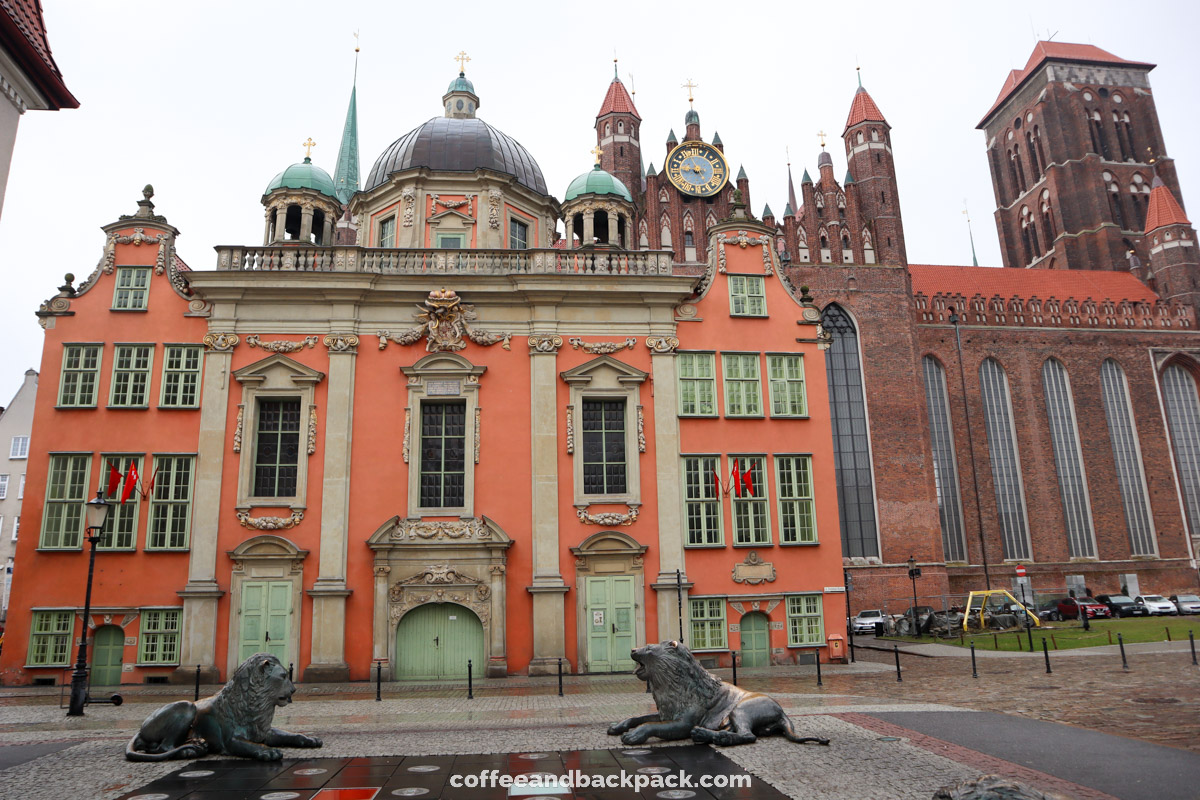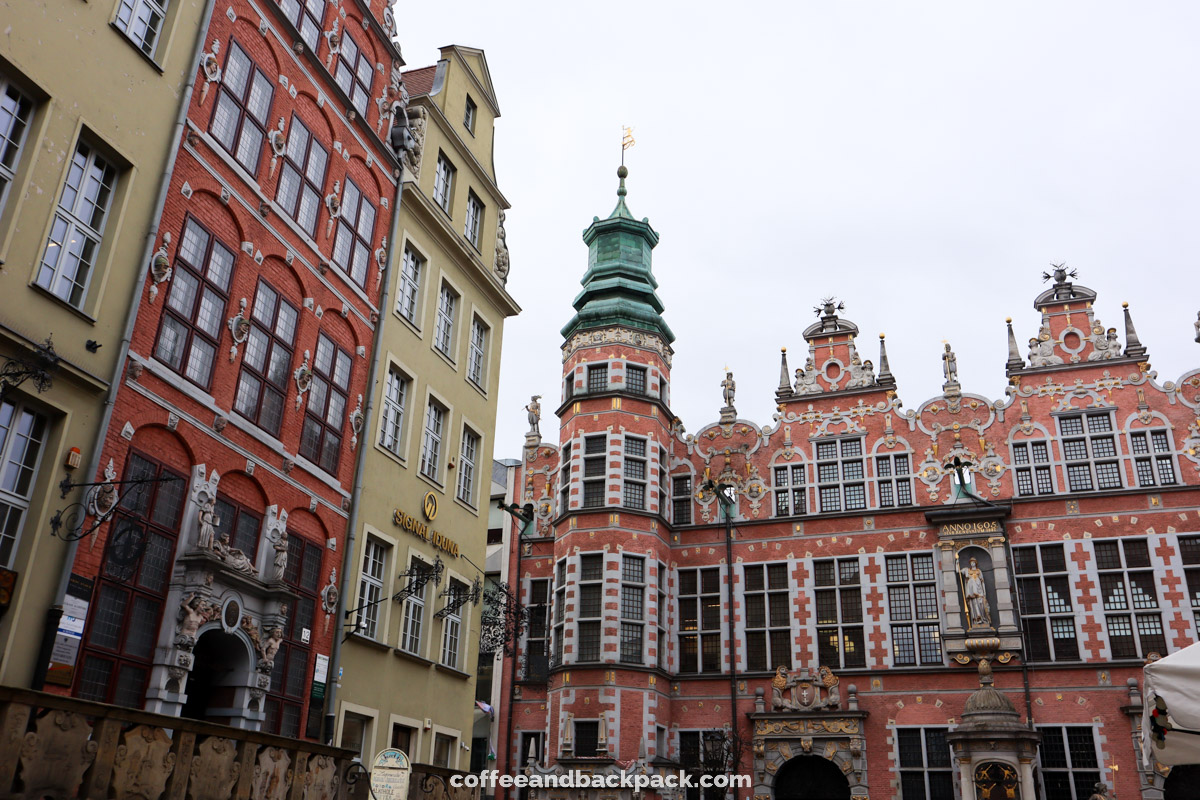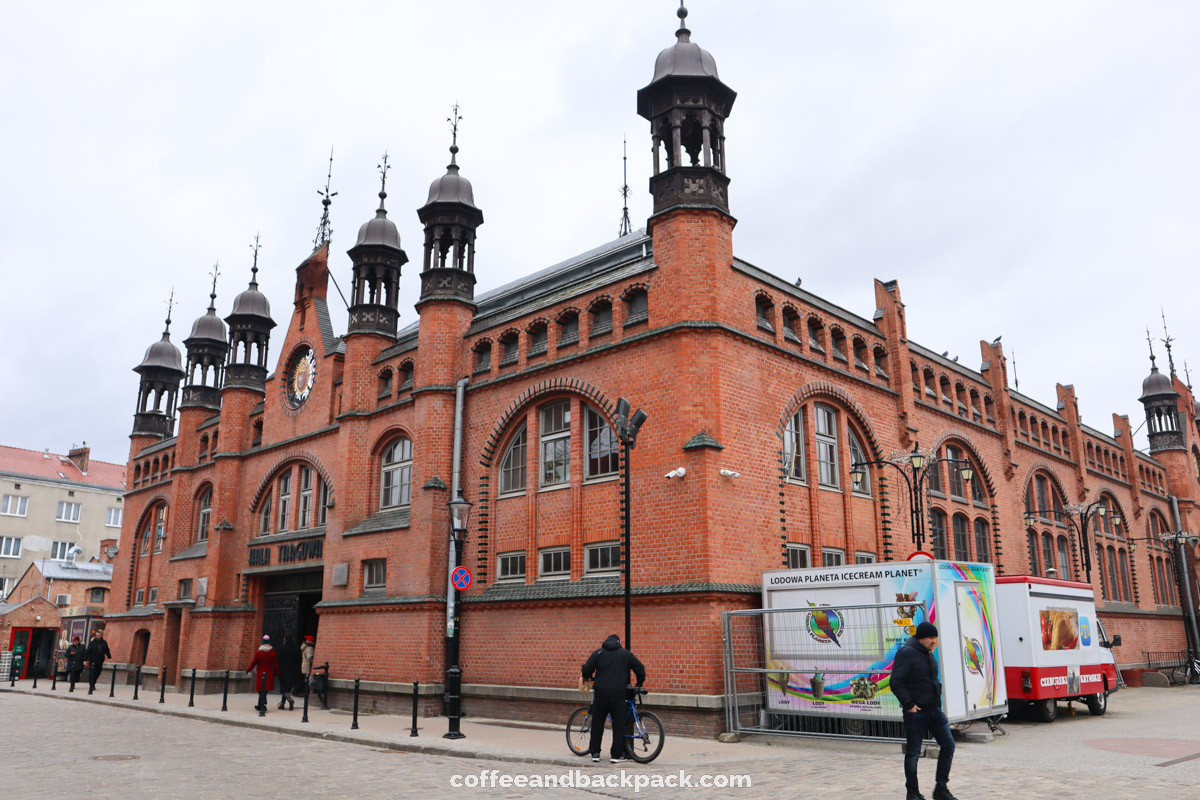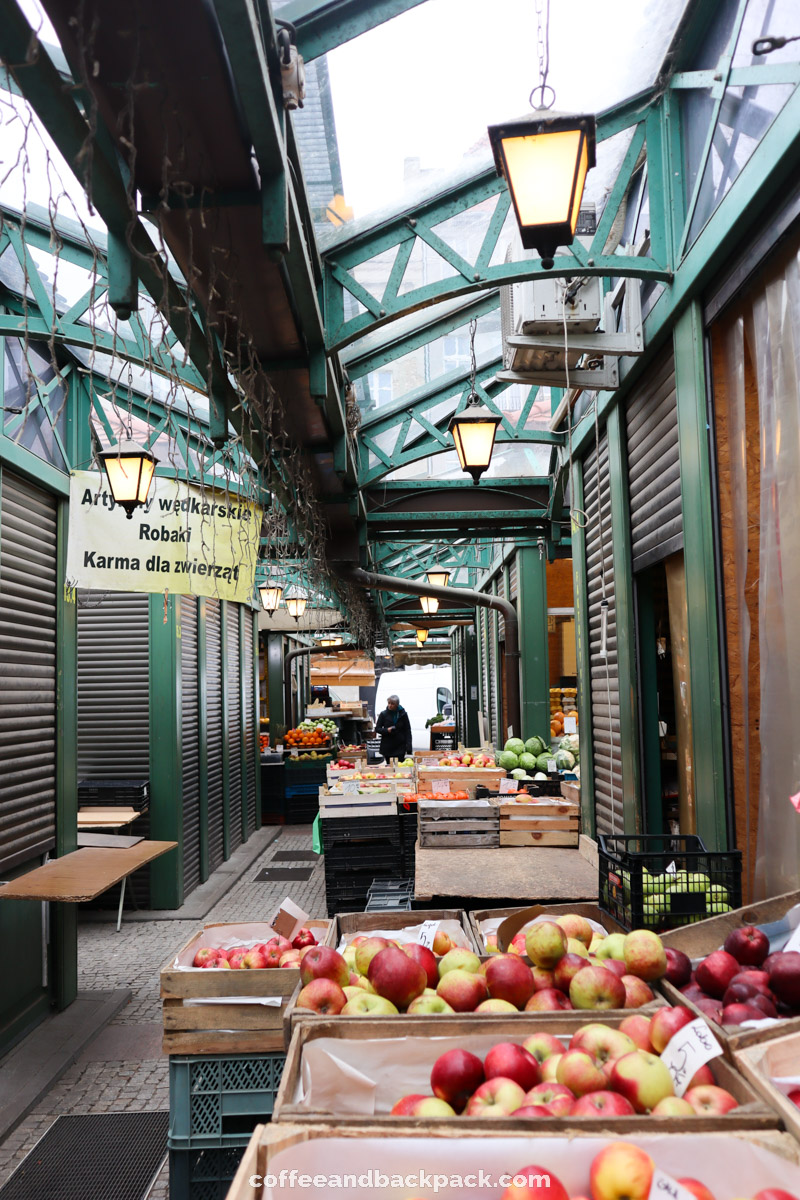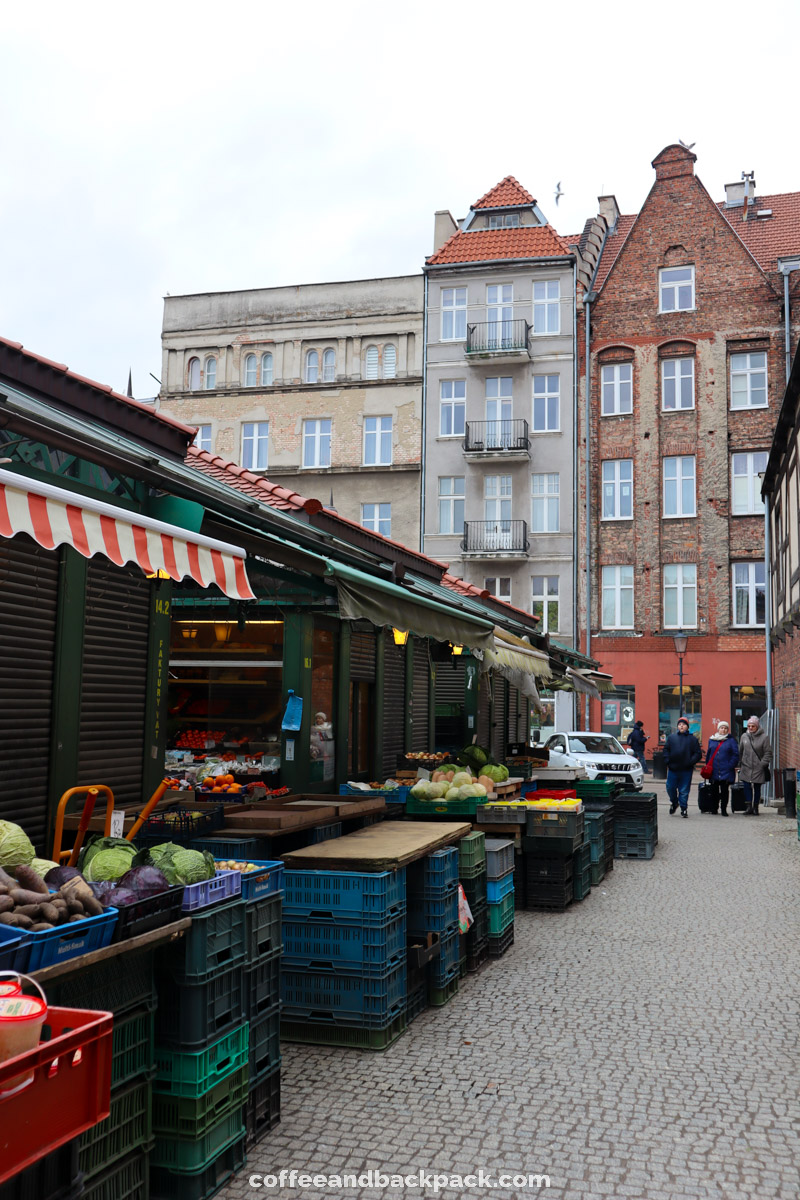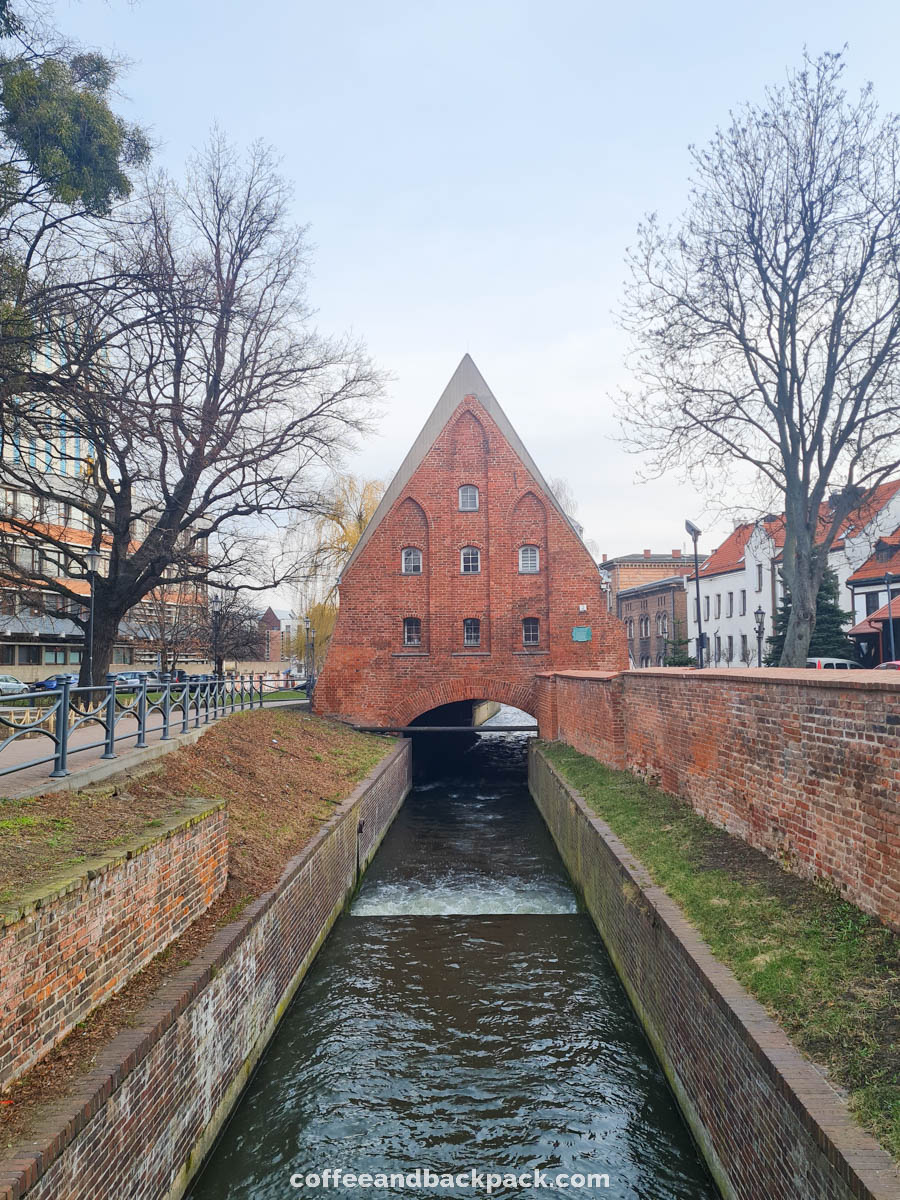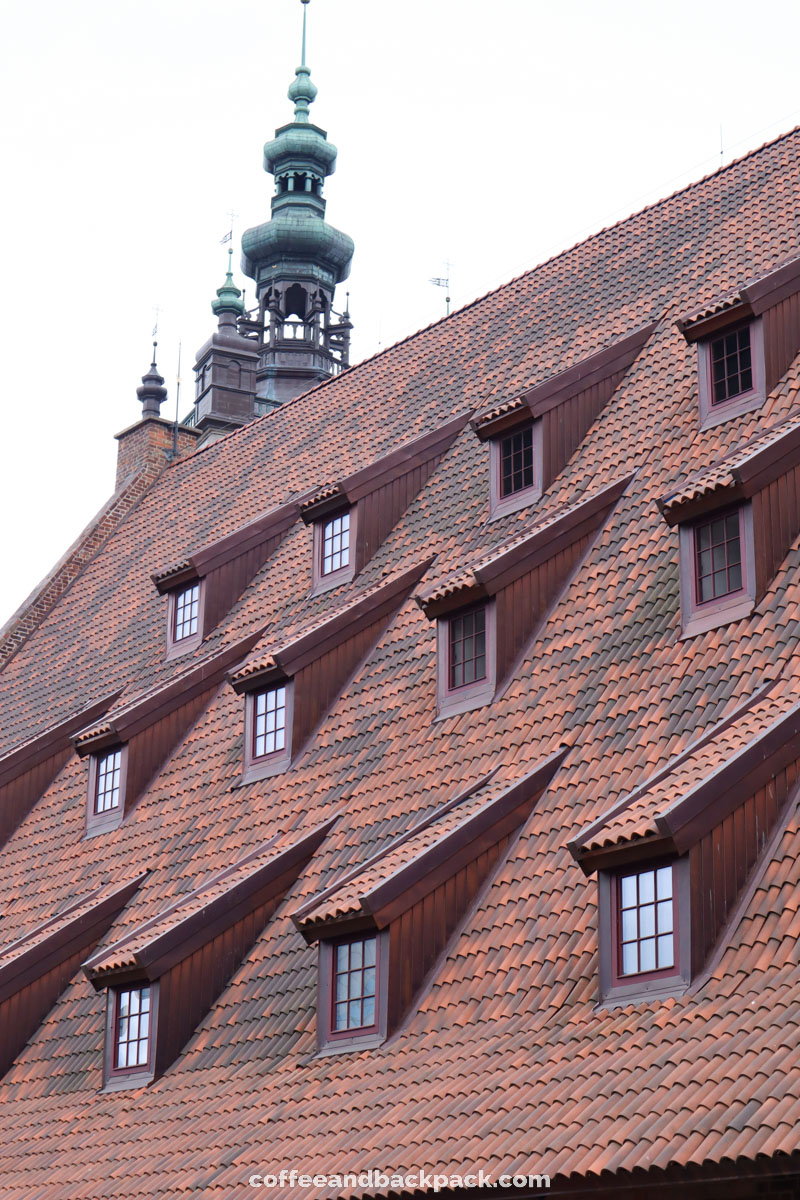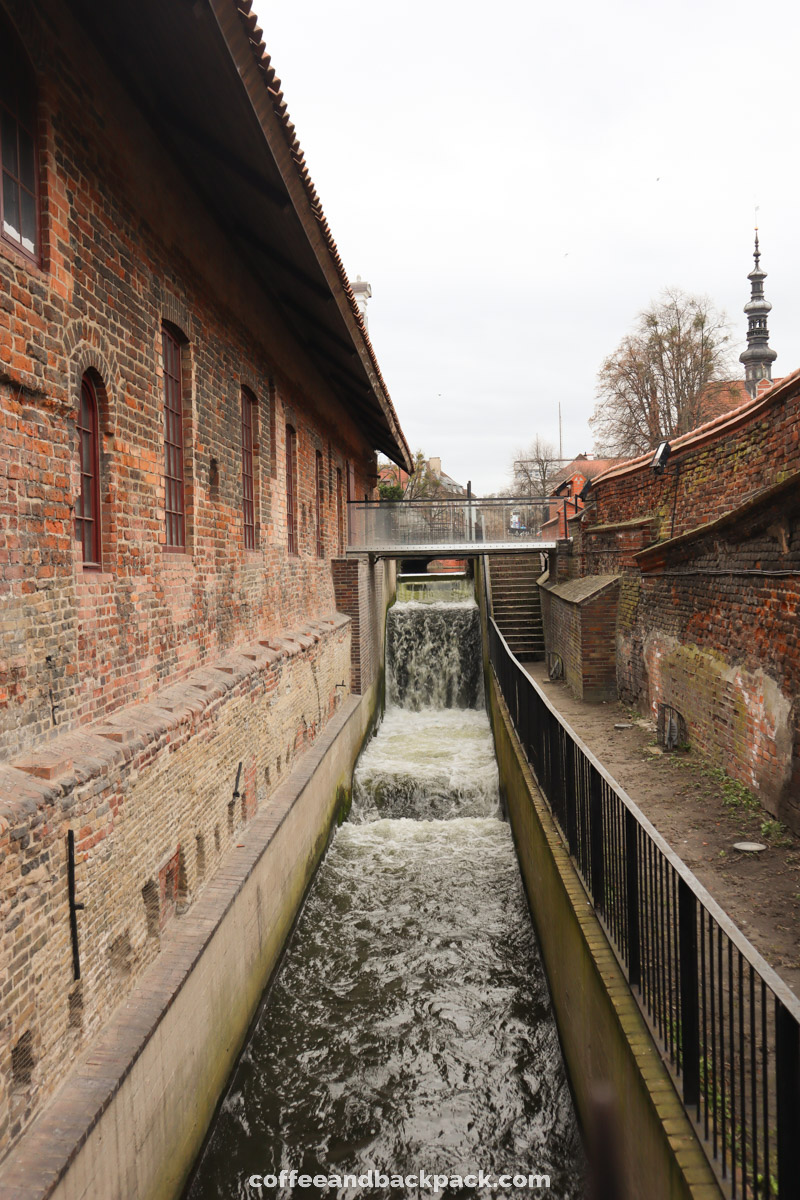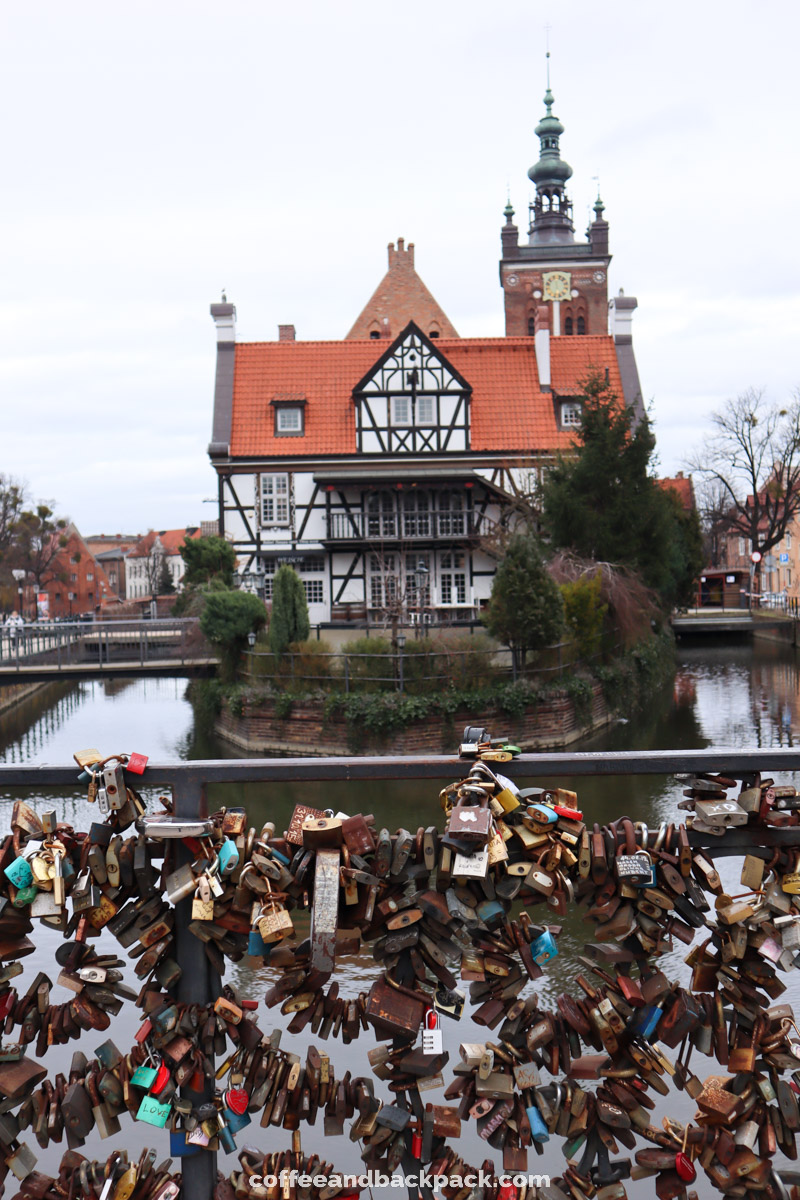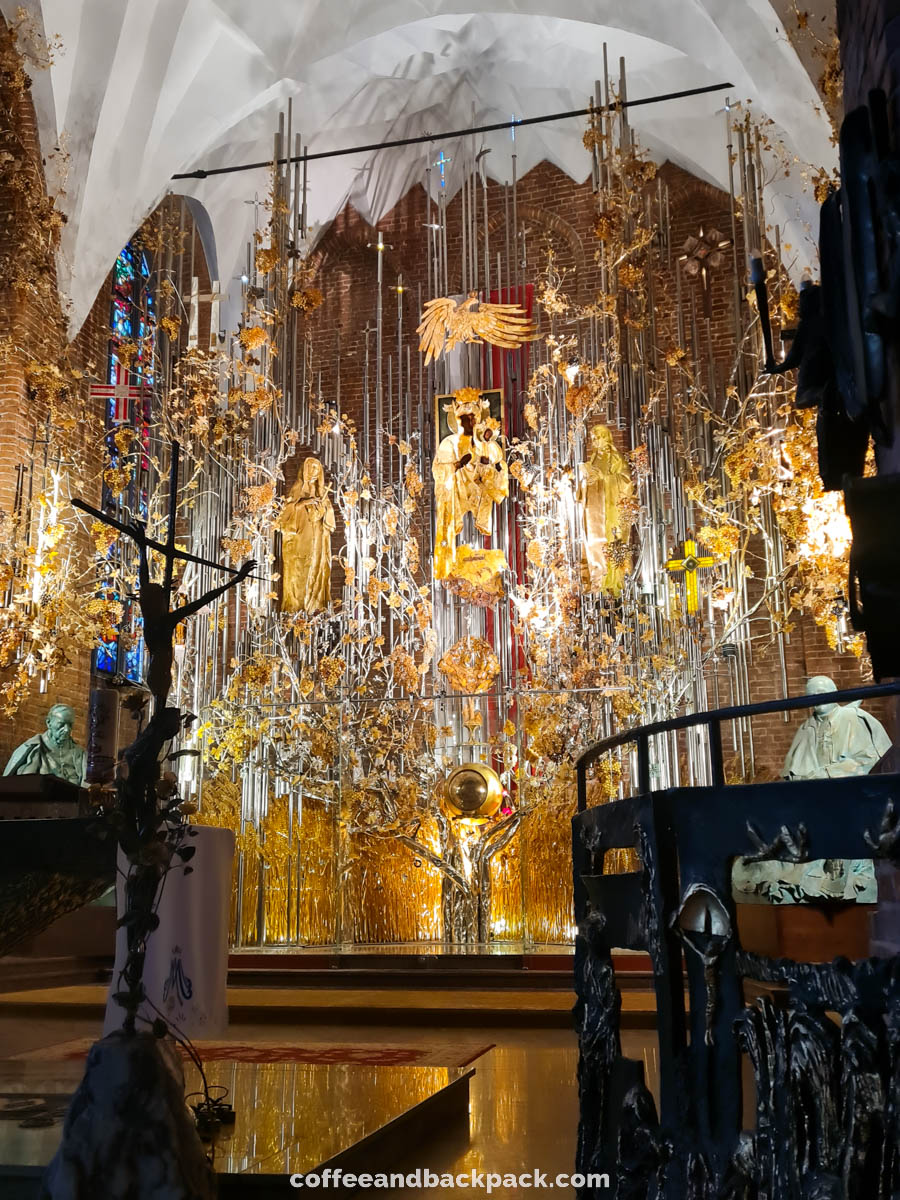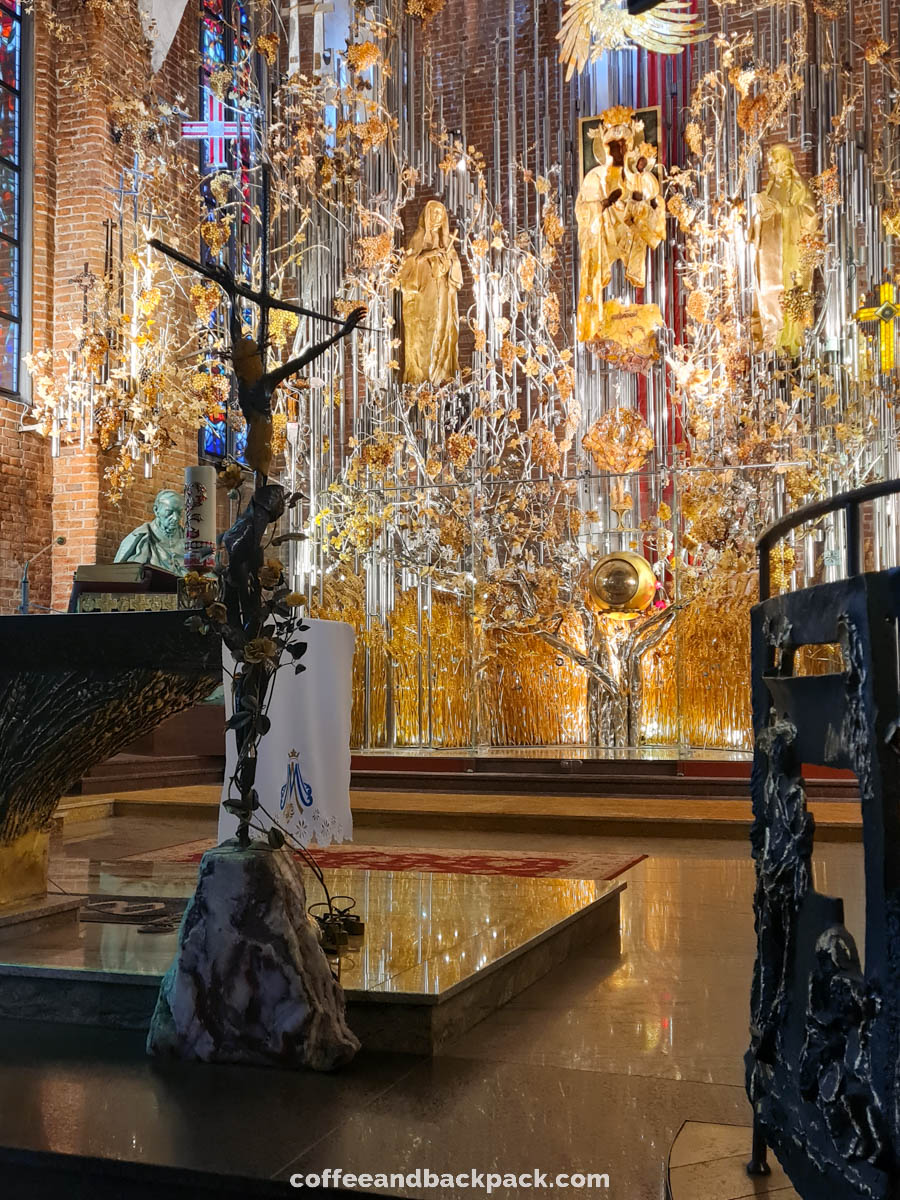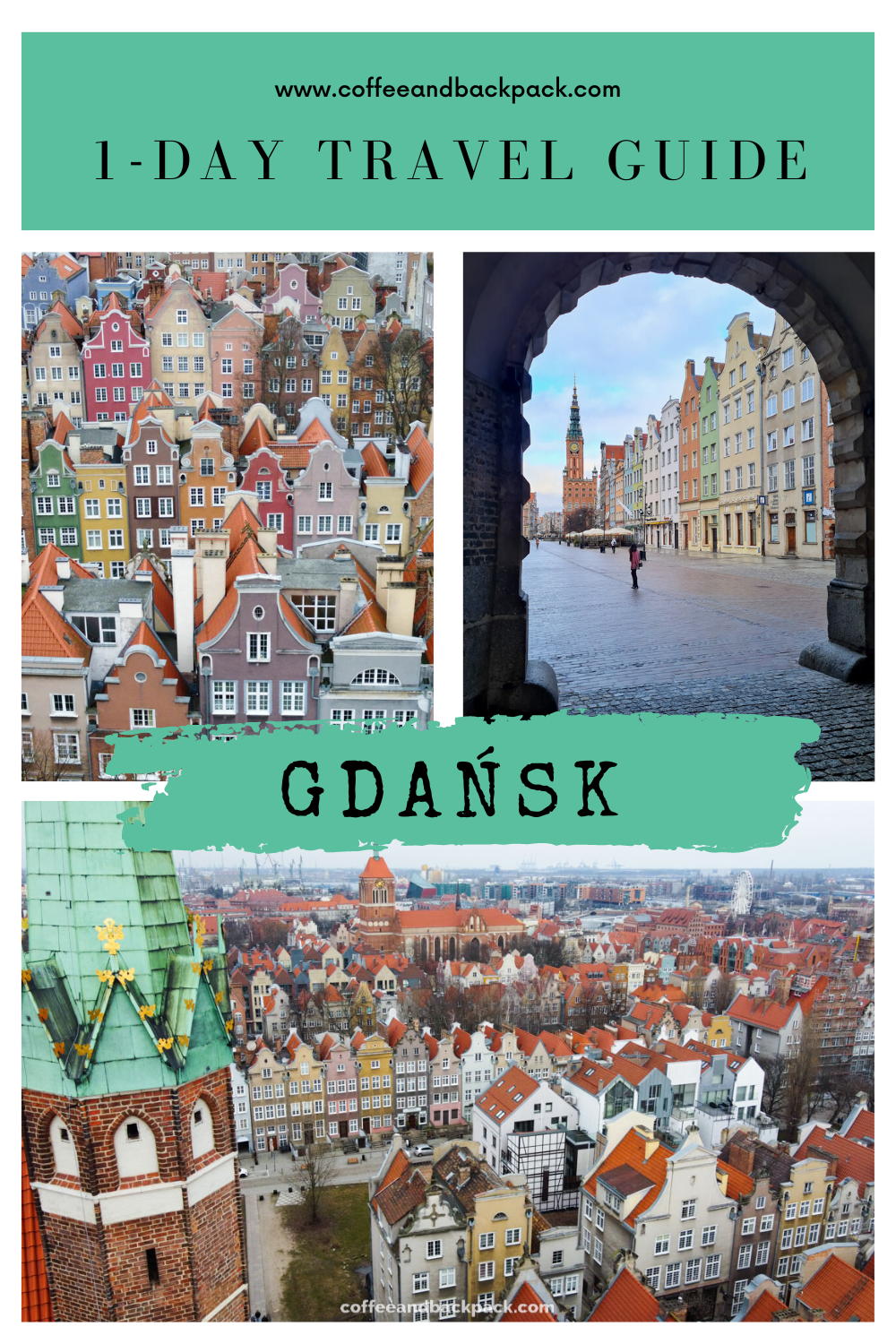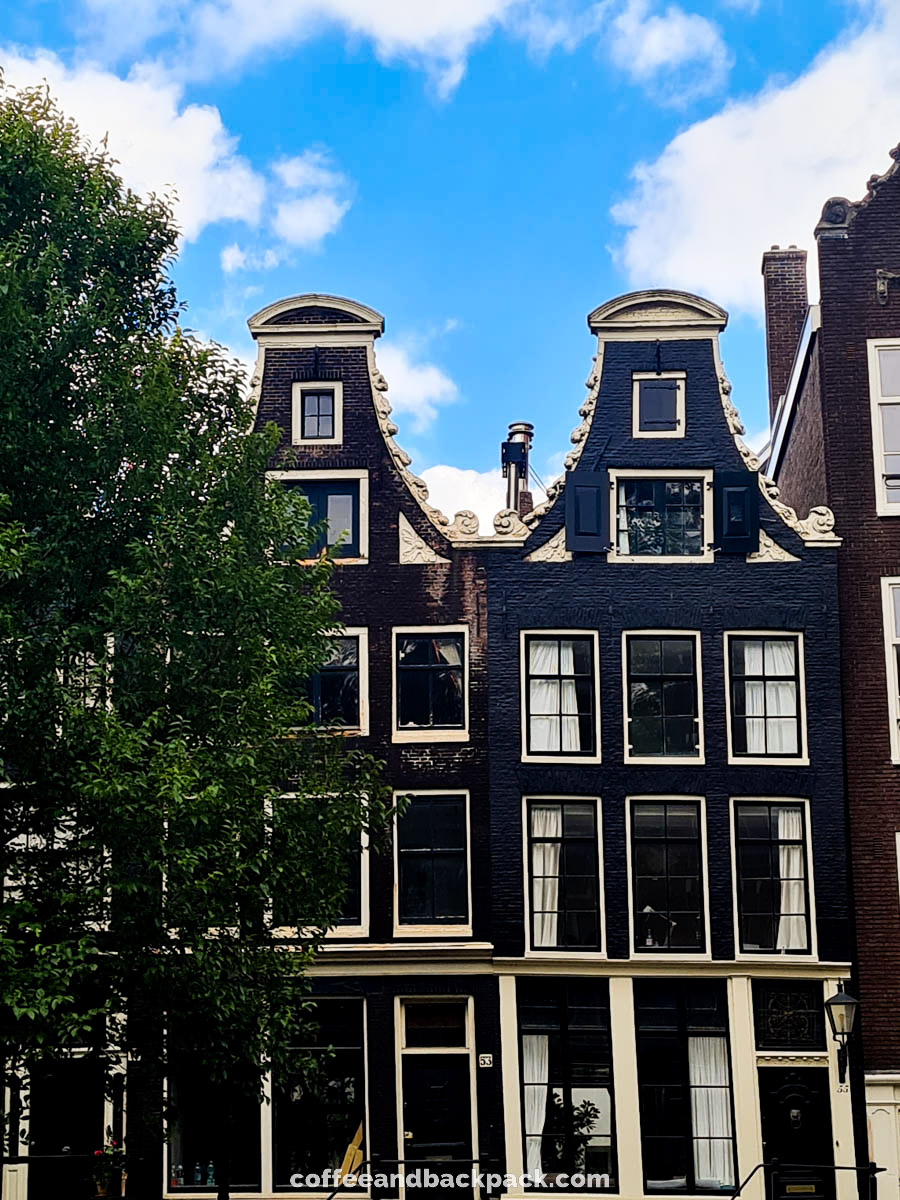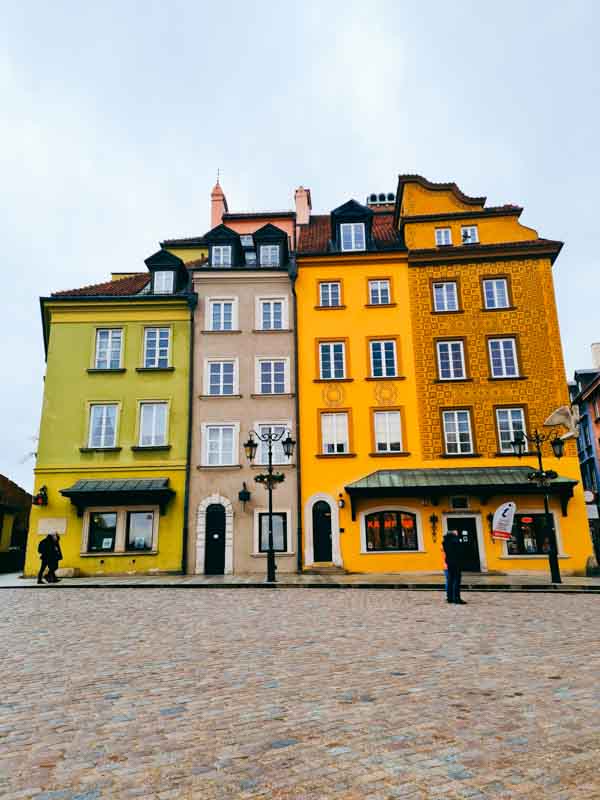In the mouth of the largest Polish river, on the shore of the Baltic Sea, lies the beautiful city of Gdańsk. A hidden gem of a city in northern Europe, with colorful facades that will remind you of the most beautiful buildings of Amsterdam or Brussels.
In addition to being breathtakingly beautiful, Gdańsk is a city steeped in history. It is the city where the first shots of the Second World War rang out and which saw the birth of the movement that initiated the fall of communism on the east part of the Iron Curtain.
This itinerary will take you through the cobblestone streets of Gdańsk for a day of discovery of the city and its monuments, but also to an immersion into the great Polish culture.
Good to know before traveling to Gdańsk
Gdańsk is accessible from the airports of Amsterdam, Copenhagen, Oslo, Stockholm, London, Dublin and the main German airports among others. To get to Gdańsk from France, you will certainly need a connection flight in Germany or Amsterdam.
The Lech Wałęsa Airport is only 17 kilometers away from the city center. It is possible to reach the center with the bus number 210, but also with a taxi. The ride takes only 20 minutes and costs about 10 euros.
The local currency in Poland is the Zloty (PLN). Prices are not quoted in euros, so be prepared for a bit of conversion. Poland remains one of the cheapest countries in Europe to live in. So don't hesitate to indulge yourself by enjoying the many restaurants and cafés of Gdańsk and by booking an accommodation in the old town. Several nice restaurants are recommended at the end of this article.
Being one of the most visited cities in Poland, Gdańsk has no shortage of great affordable accommodation in the city center. The center is not very big and it is possible to see everything in one day without using public transportation. You will need to plan an extra day there if you want to see the beaches or visit one of the city's museums.
Polish people are very friendly and as Gdańsk is open to the world thanks to its international port and the many tourists who visit it every year, English is very well spoken.
1 Day Itinerary to visit Gdańsk
This itinerary begins at the Golden Gate, which symbolically marks the entrance to the city of Gdańsk and the long street. Gdańsk was once surrounded by walls, bastions and other fortifications. The Golden Gate forms together with the Stock Tower, and the High Gate (Brama Wyżynna) located right next to it, the remains of the old town’s fortifications. Like most of the city, the Golden Gate was destroyed during the Second World War, and then rebuilt in the 1950s.
Erected in the sixteenth century, the high gate (which looks a bit like a smaller version of the Parisian Arc de Triomphe), survived the second world war. Between the high gate and the golden gate, you can find the Stock Tower. A high tower made of red bricks, former fortification of the city later transformed into a prison, and today home to the Amber Museum. Since amber deposits are abundant along the Baltic Sea coast, it is a precious stone that contributed to the prosperity of Gdańsk and still marks the city today. In fact, one of the purest varieties of amber can be found along the Baltic Coastline.
Walk along Ulica Długa, called the long street of Gdansk. It connects the Golden Gate to the Green Gate through the long market (Długi Targ). Buildings with colorful facades and Flemish architecture line up along this touristy cobblestone street. The long street is home to many souvenir shops and restaurants.
Tip
Enter the post office located on Long Street. A beautiful building with wooden benches and a blue glass ceiling. A real hidden Gem!
Walk to the town hall, a Gothic-style building with a high tower overlooking the city, built right at the intersection of the Long Street and the Long Market. Destroyed by a fire in 1556, it was then rebuilt larger and more imposing by Flemish and Dutch architects and builders. The town hall is now home to the museum of the city of Gdańsk. It is even possible to access the top of the tower for a great viewpoint on the city.
Next to the town hall is the gorgeous Neptune fountain. Built on the site of an old well, it now boasts an imposing bronze statue of the god of the sea. Just like the Manneken-Pis in Brussels, you may see Neptune wearing a Santa Claus hat and other attire depending on the occasion or the season.
Opposite the fountain is the Artus Court, named after the legend of Arthur and the Knights of the Round Table. This imposing building was once a meeting place for merchants. Today it is home to one of the museums dedicated to the history of the city of Gdańsk.
Continue on to the long market, a central rectangular square that runs from the town hall to the green gate. It is quite hard to believe when looking at the gorgeous colorful Dutch-style facades, but all the buildings surrounding the long market were destroyed during the WWII and rebuilt during the sixties.
Reach the Green Gate, which marks the junction between the long market and the Motława River. Designed by an Amsterdam architect, the Green Gate was once the residence of Polish monarchs and the office of former Polish president Lech Walesa in Gdańsk. Although this is no longer the case today, this gate was once green, before its destruction during World War II.
Walk through the green gate to the banks of the Motława River. On one bank you can see modern buildings, yet in harmony with the city's Flemish-influenced architecture, housing hotels, homes and restaurants. This bank runs along the river to the concert hall of the Polish Baltic Philharmonic Orchestra and the Gdańsk Ferris wheel called Ambersky.
Cross the Holy Spirit Bridge to reach the other side of the river and see one of Gdańsk's main monuments, the crane. This crane was once used for loading and unloading goods from ships arriving in the port of Gdańsk. It has a special mechanism and works with the weight of sixteen men to lift up to 4 tons of goods. Unfortunately, the crane was under construction when we were in Gdańsk. We could only appreciate how high it is since it was hidden under tarps and scaffolding. Renovation work is underway to, among other things, allow tourists to see and test the crane's operation.
Walk up along the river to join St. Mary's gate which will lead you to the street of the same name. St. Mary's Street is for me the most iconic place in Gdańsk. It connects the river to St. Mary's Basilica in a chain of narrow buildings with elaborate dutch-style facades decorated with statues. Each building has its own stone stoop decorated with gargoyles. It is said that the inhabitants of these old bourgeois houses set up their tables on these stoops so that passers-by could admire the richness of their meal. Mary's street, or Mariecka street, is also called Amber street. Even today, jewelers are active in this street and present their creations in the many shops of the street.
Tip
Take a break at
Café Kamienica before finishing your tour of the city. This charming cafe overlooking Marieka street serves delicious cakes to accompany teas and coffees.
From Mariacka street, you can't miss St. Mary's basilica. It is one of the largest brick churches in the world. It has a capacity of 25,000 standing people. The old town is laid out in such a way that all the streets around the basilica end at the basilica. Inside is an astronomical clock, such as the ones that can be seen in Prague, or Strasbourg. The one in Gdańsk dates from the fifteenth century and was built by the clockmaker Hans Düringer. The clock indicates among other things the date, the phases of the moon and the sun, the signs of the zodiac, the calendar of saints, and of course...the time.
It is said that Hans Düringer was mutilated by the authorities in Gdańsk after the construction of the astronomical clock to prevent him from building a more beautiful one elsewhere. He is said to have fled the city with the help of his daughter to find protection in Rostock, Germany, where he built a new astronomical clock.
Every day at 11:57, the clock comes to life to announce noon in an animated show. Several doors of the clock open to reveal, among others, the tree kings and the twelve apostles pursued by death.
The basilica has an observation platform open from 10 am to 7 pm which you can access for 16 Zloty (about 3.40 euros) and from which you can enjoy an exceptional view of the city. However, you will have to climb the 409 steps to reach it. The climb is 100% worth it! First, a very narrow spiral staircase will lead you above the roof of the cathedral, which is quite amazing to see. Then you have to cross some scaffolding to reach the basilica’s tower where a wide staircase will take you to the observation platform, 80 meters above the ground.
After visiting the basilica, make sure to check the Royal Chapel and the four-lion fountain facing it. This chapel was built in the sixteenth century for the Catholic community of the city of Gdańsk, which represented a minority at the time. Unfortunately, it is not open to visitors.
Join the pretty
Piwna street which starts from the main entrance of St. Mary's Basilica. Like Mariacka street, Piwna street is lively, colorful and home to many restaurants, souvenir shops and cozy cafés. Take a break at
Café Leń on Piwna street. A cozy café with a terrace overlooking Piwna street.
Piwna Street ends on the Great Armory of Gdańsk, a renaissance-style building with a richly decorated facade that illuminates the street. Built in the seventeenth century, the armory was also destroyed during the Second World War and then rebuilt identically. Today the building is home to a wine bar and the Gdańsk School of Fine Arts.
Only 5 minutes away from the armory is Lombard centrum hala targowa, a large covered market not to be missed. The market is open from 9am to 6pm from Monday to Friday, and from 9am to 3pm on weekends. Florists surround the market all year-round.
The market is also a hidden gem for housing the remains of the oldest church in the city. You can see its ruins in the basement of the market hall.
A few meters away is Wielki Młyn, a mill dating back to the Middle Ages.
Just behind the Mill is the Lovers’ bridge, from which you can admire the Mill’s manor, a large white building with half-timberings. A very romantic view that has made hundreds of couples want to seal their love on this bridge.
This itinerary ends at St. Brigid's Church only a few meters away to see what was most certainly our most beautiful discovery during our stay in Gdańsk. I refer to the amber altar of St. Brigid's church.
The altar of this church is decorated with a sculpture that extends over 120 square meters, made of amber, gold and silver. The amber altar is said to have been built in recognition of the papacy of John Paul II who was Polish. In the center of the sculpture, the Virgin Mary wears a veil carved from rare white amber. Golden leaves climb from the floor to the stained glass windows of the church, offering a unique light show. A true hidden gem not to be missed!
Like this post? Save it on Pinterest!

